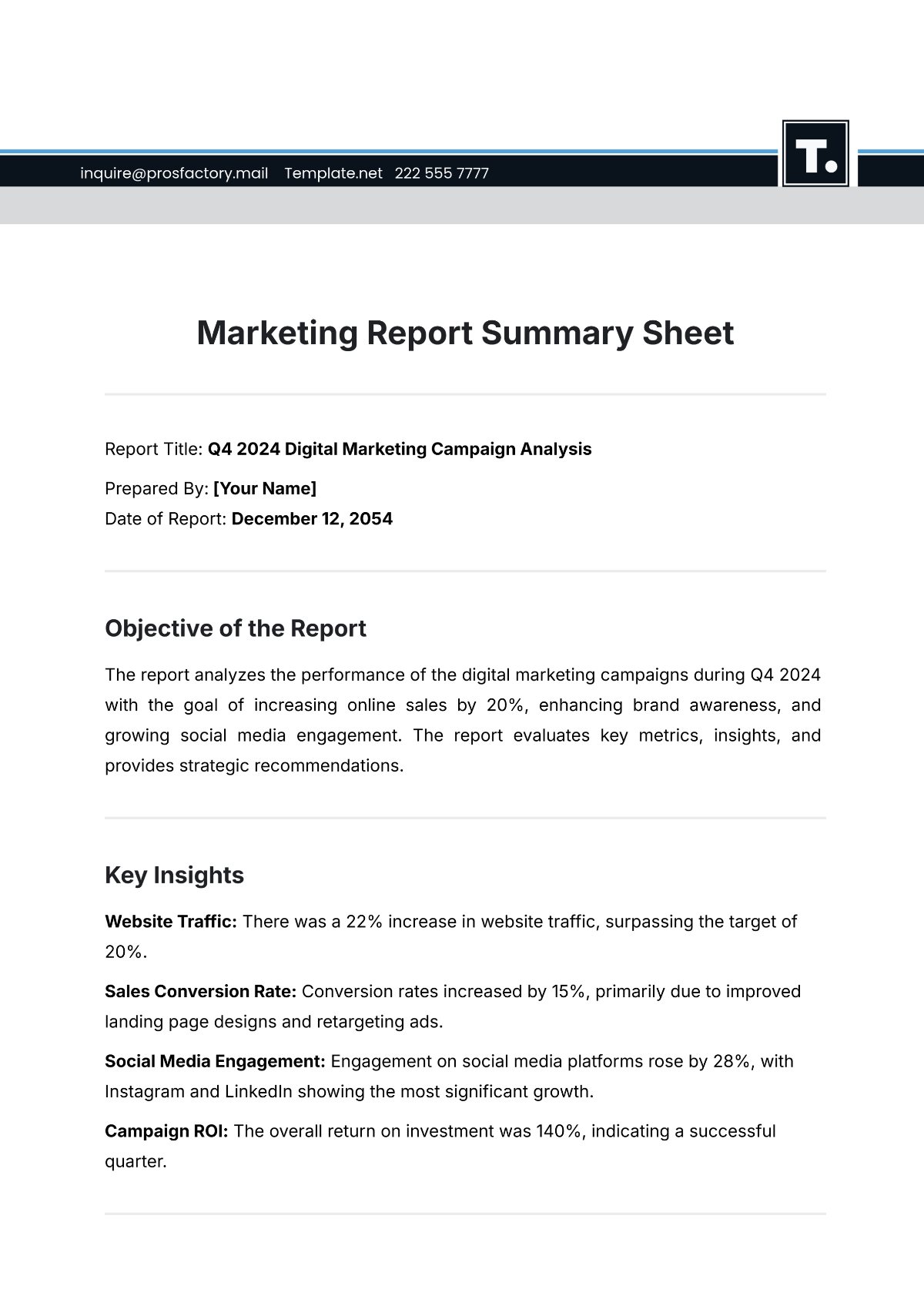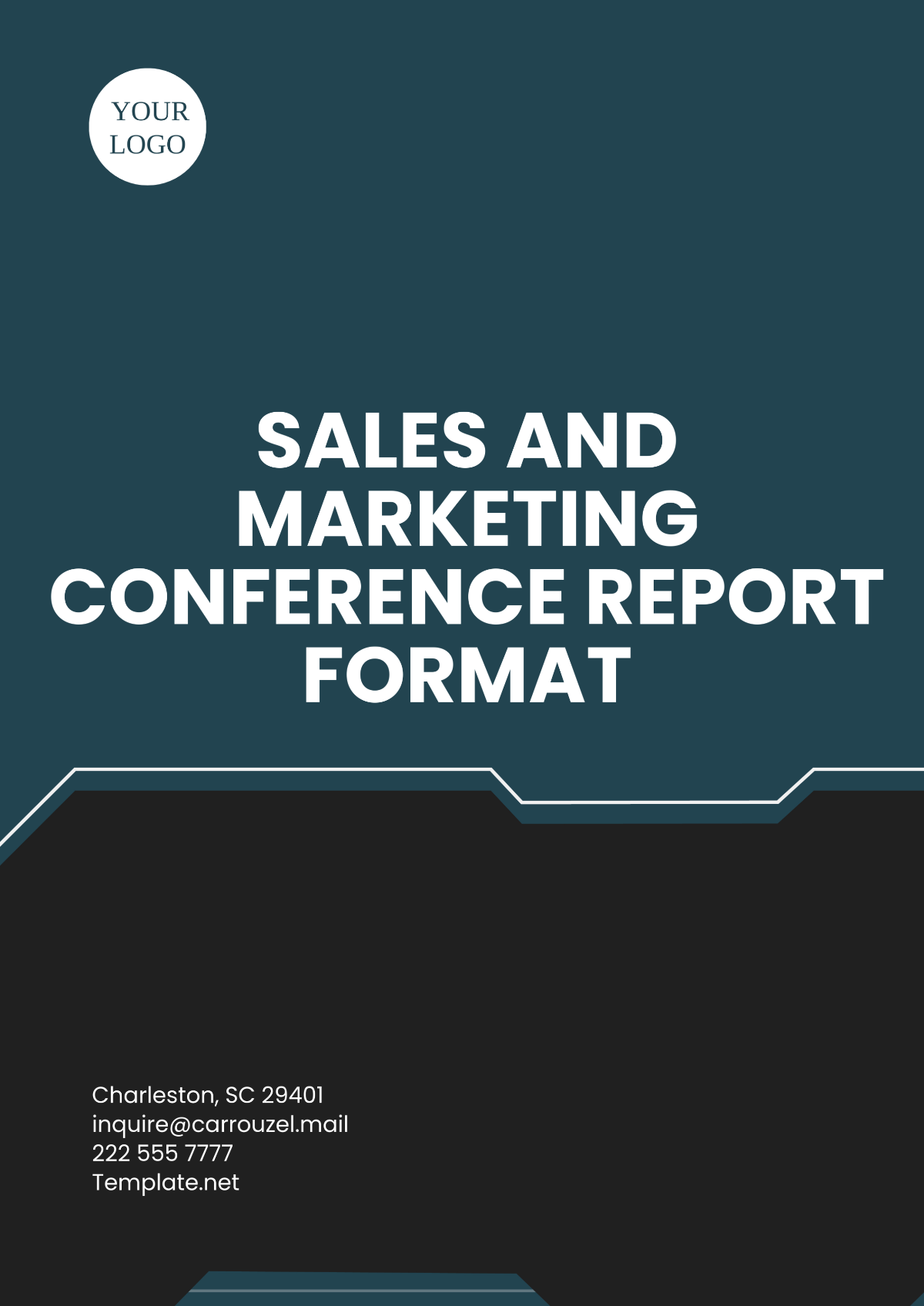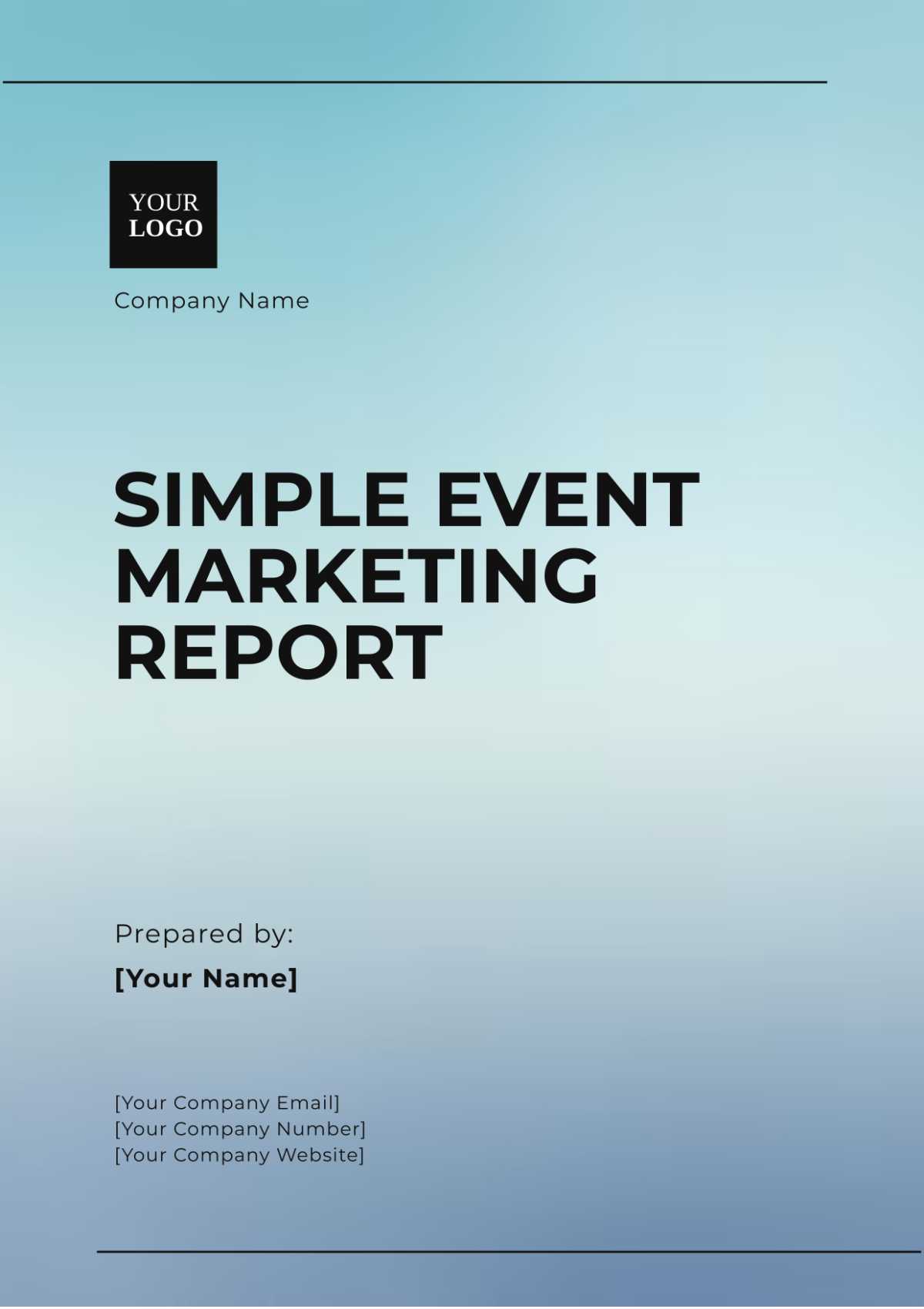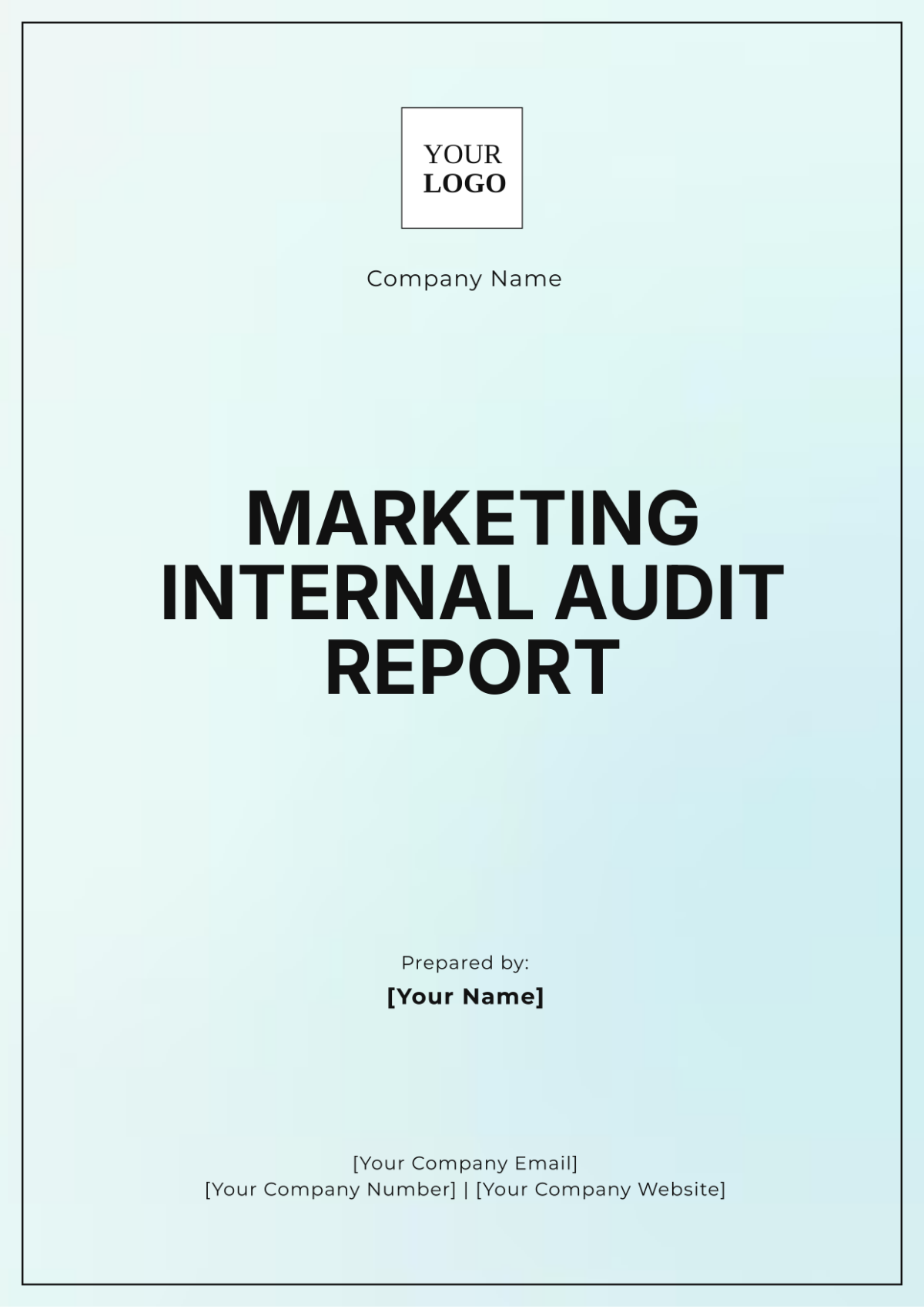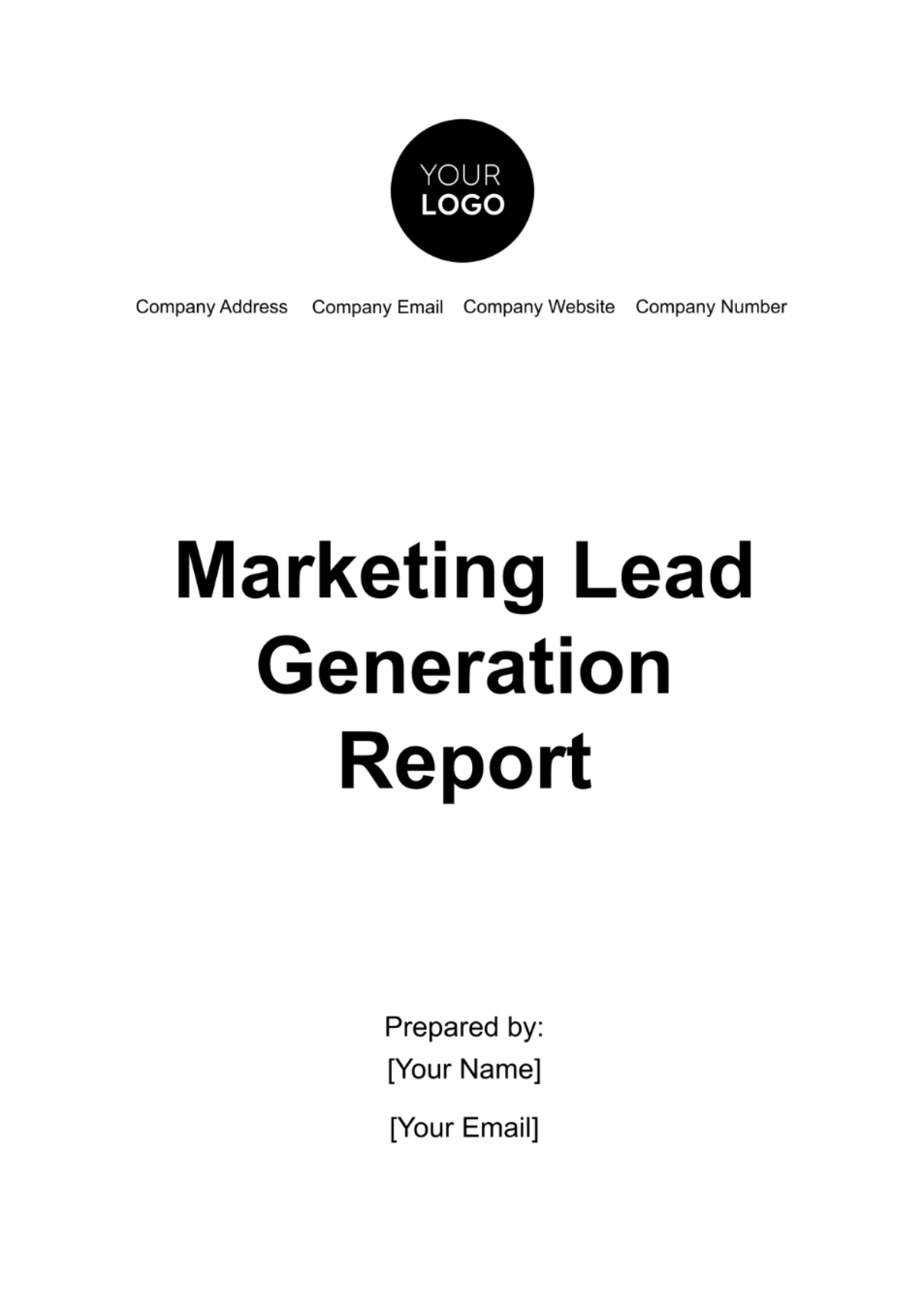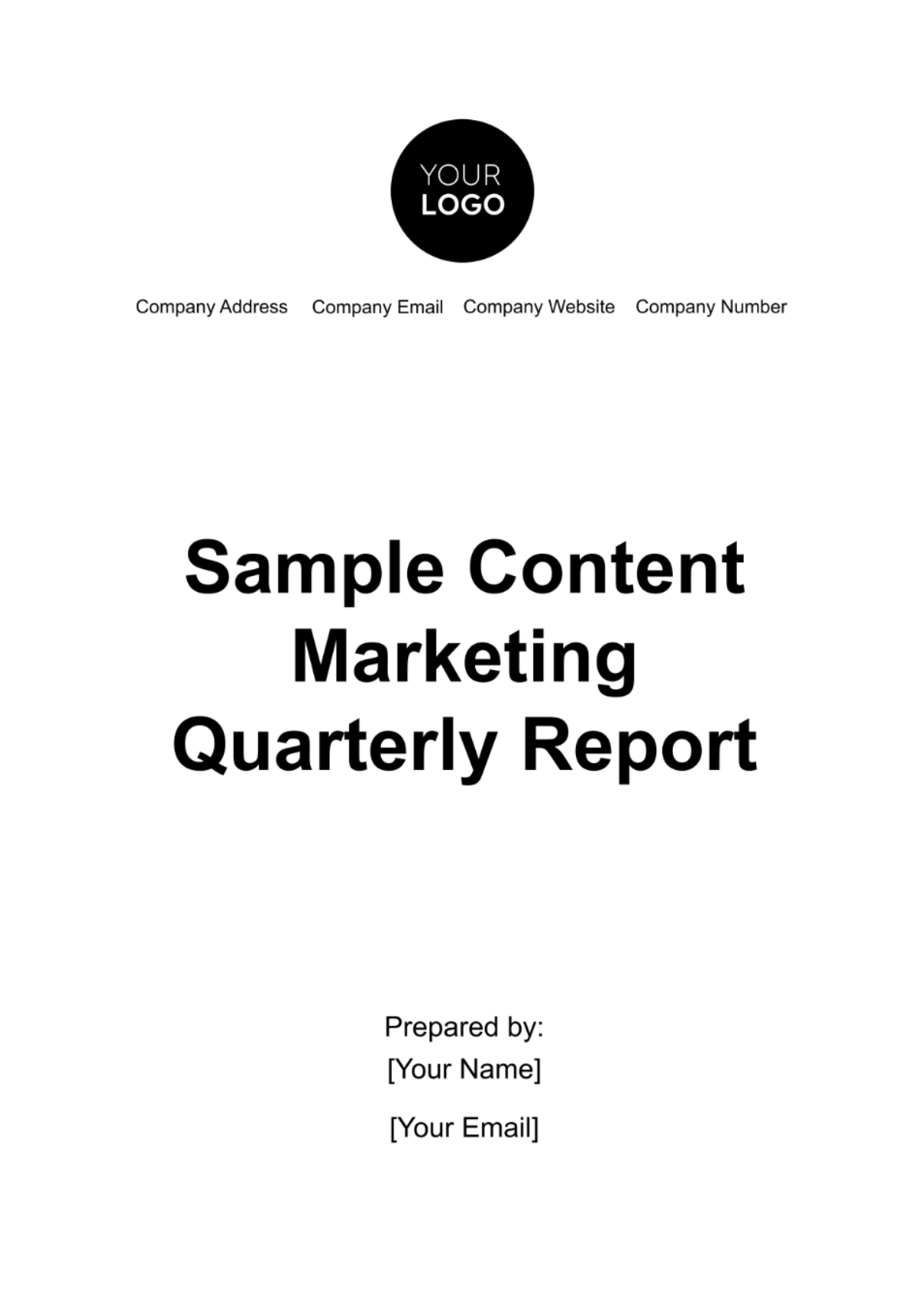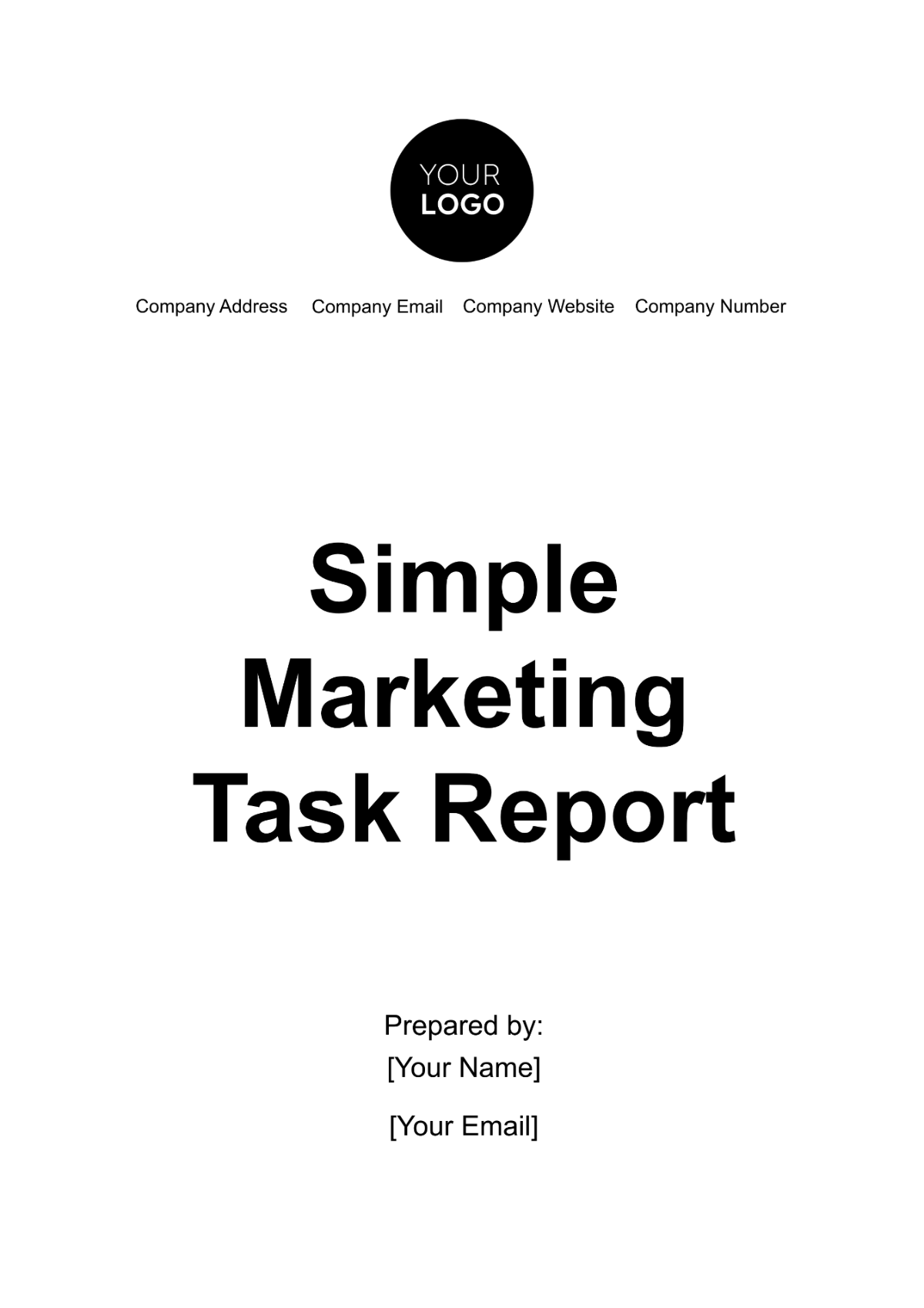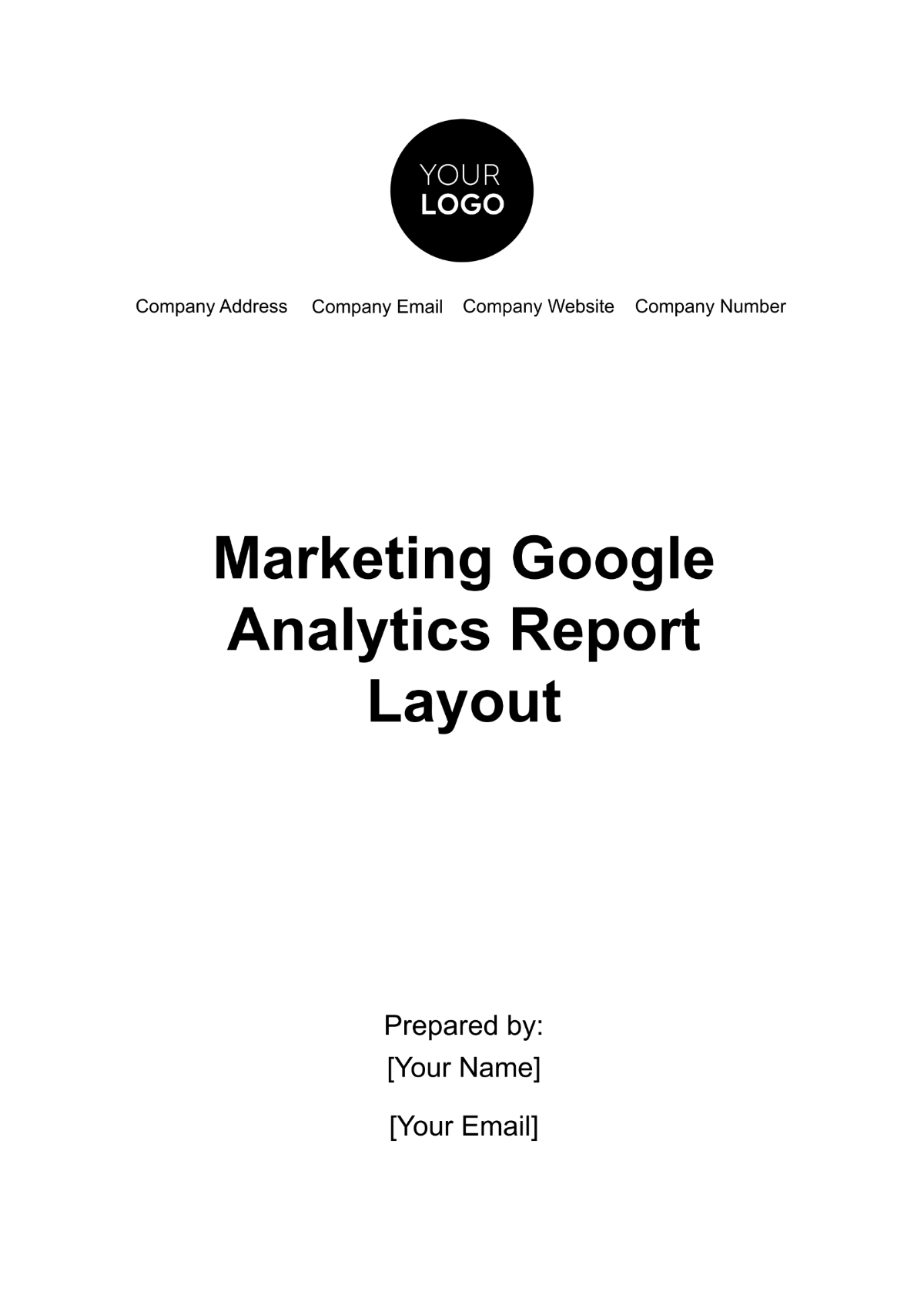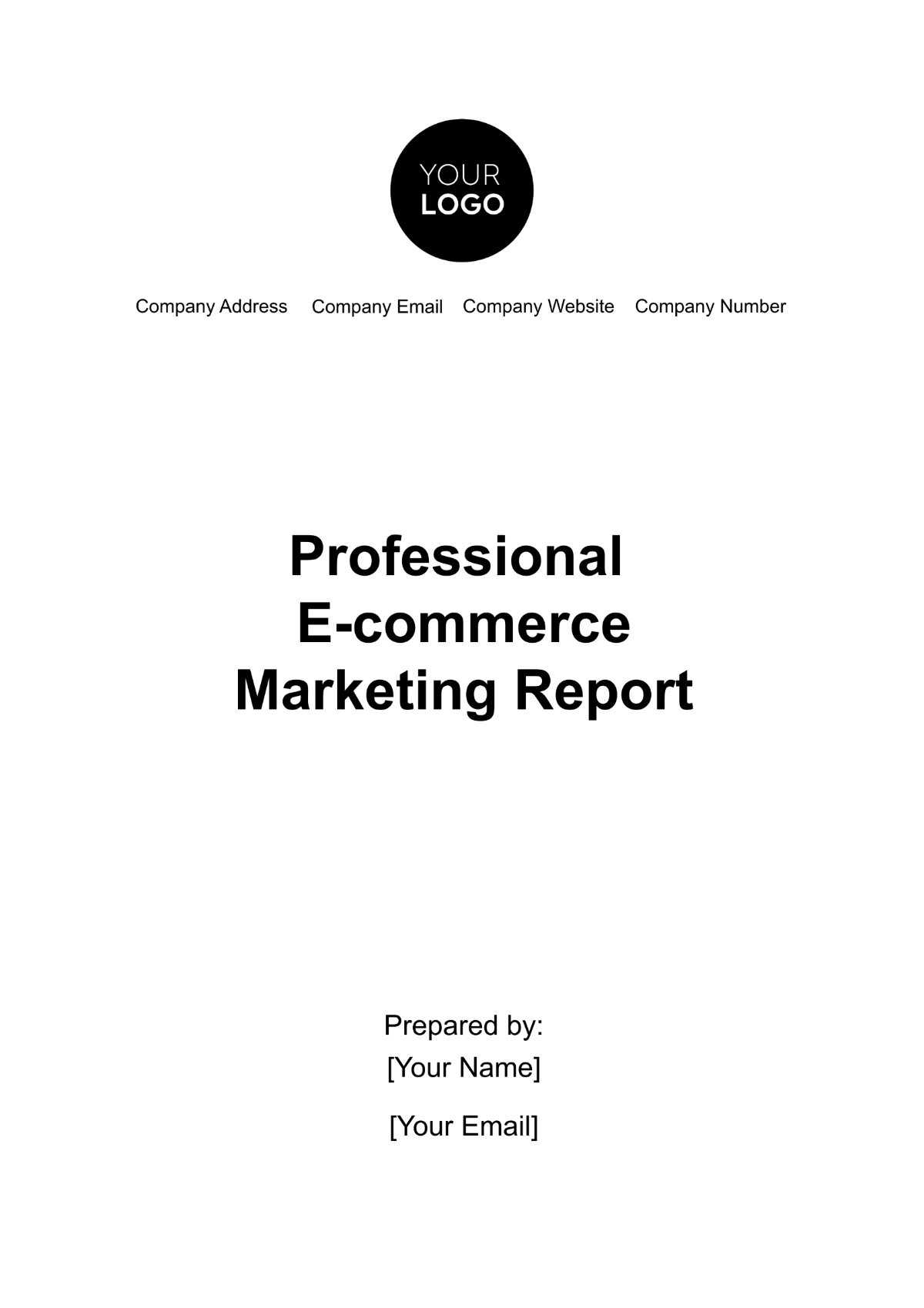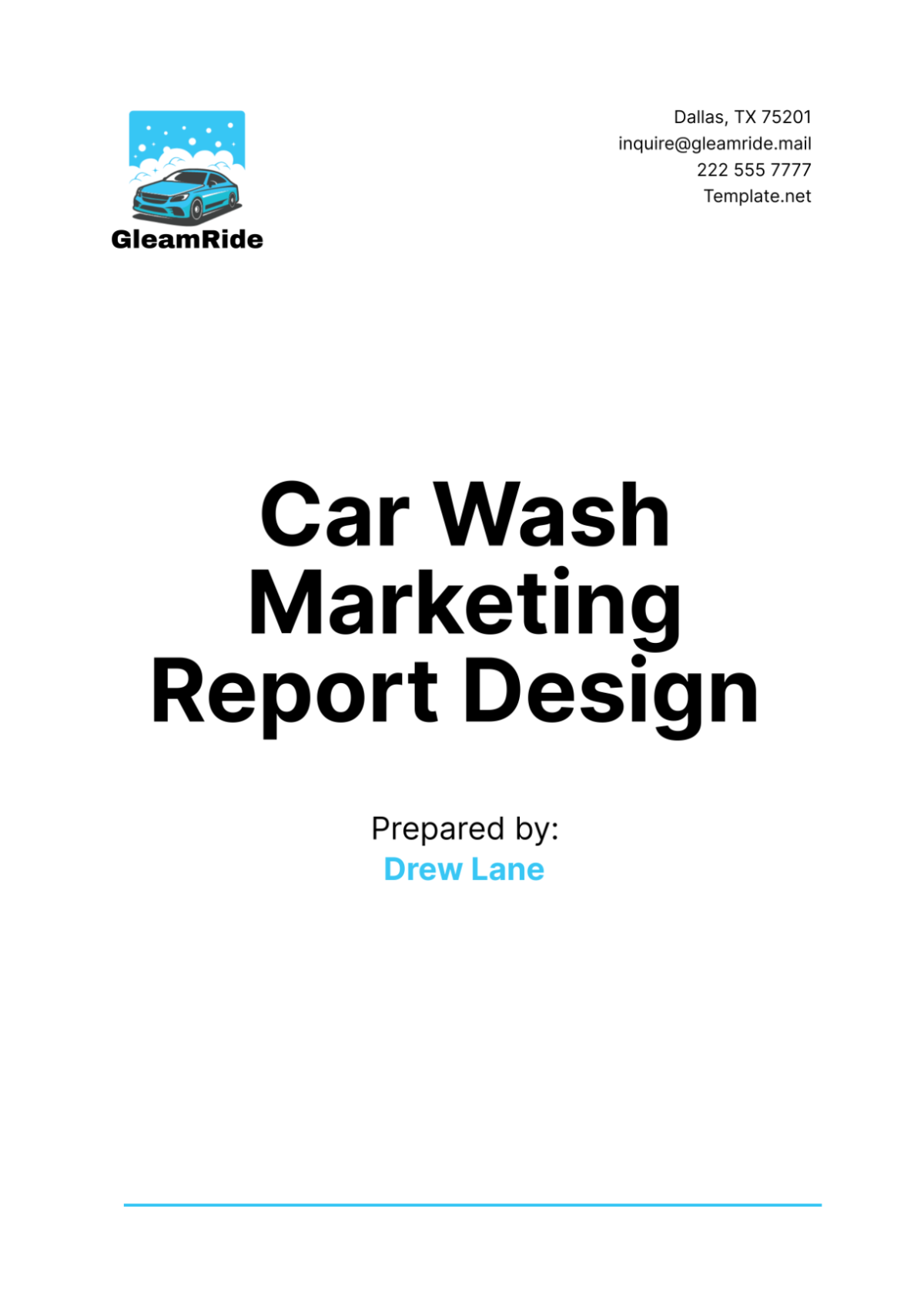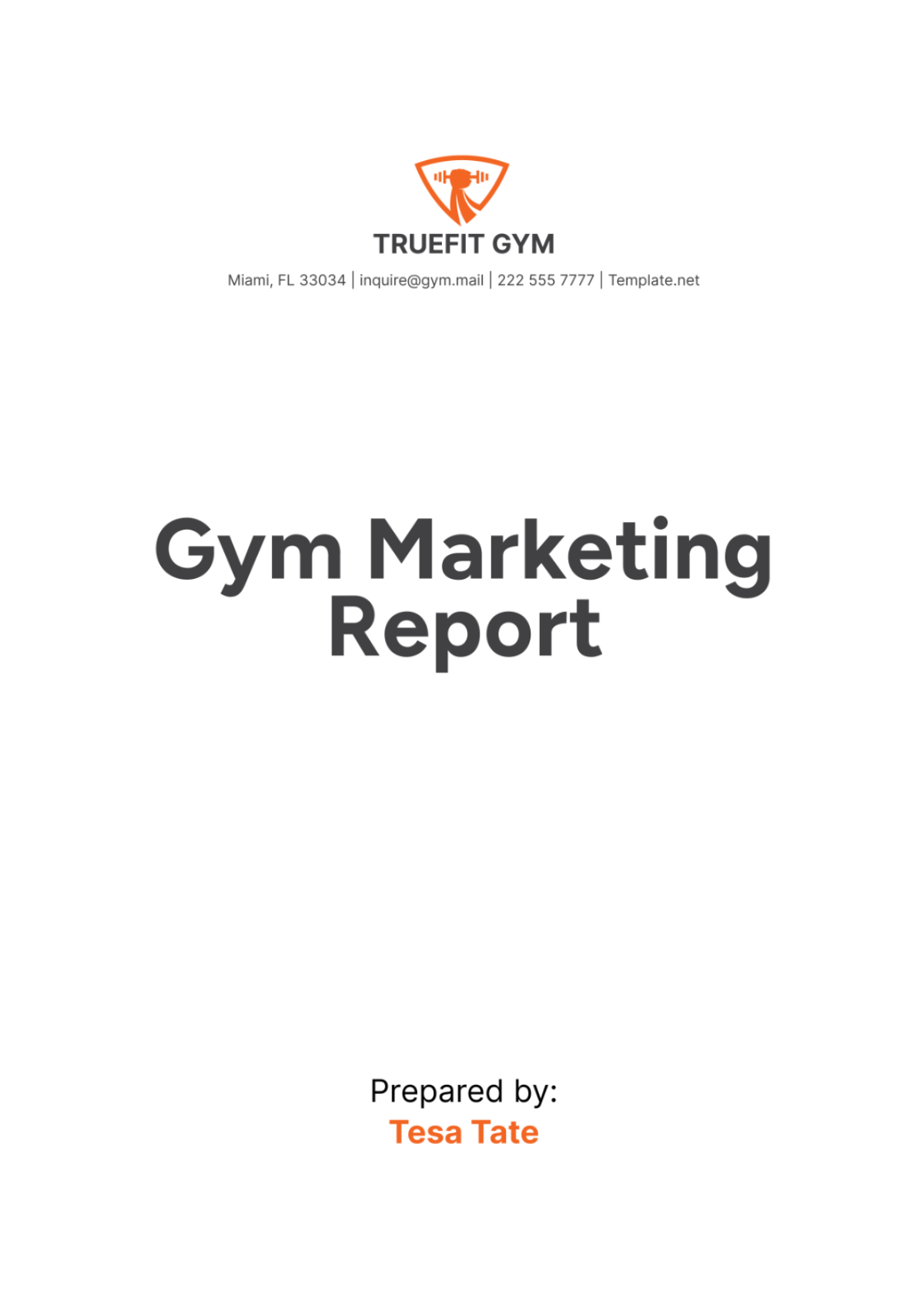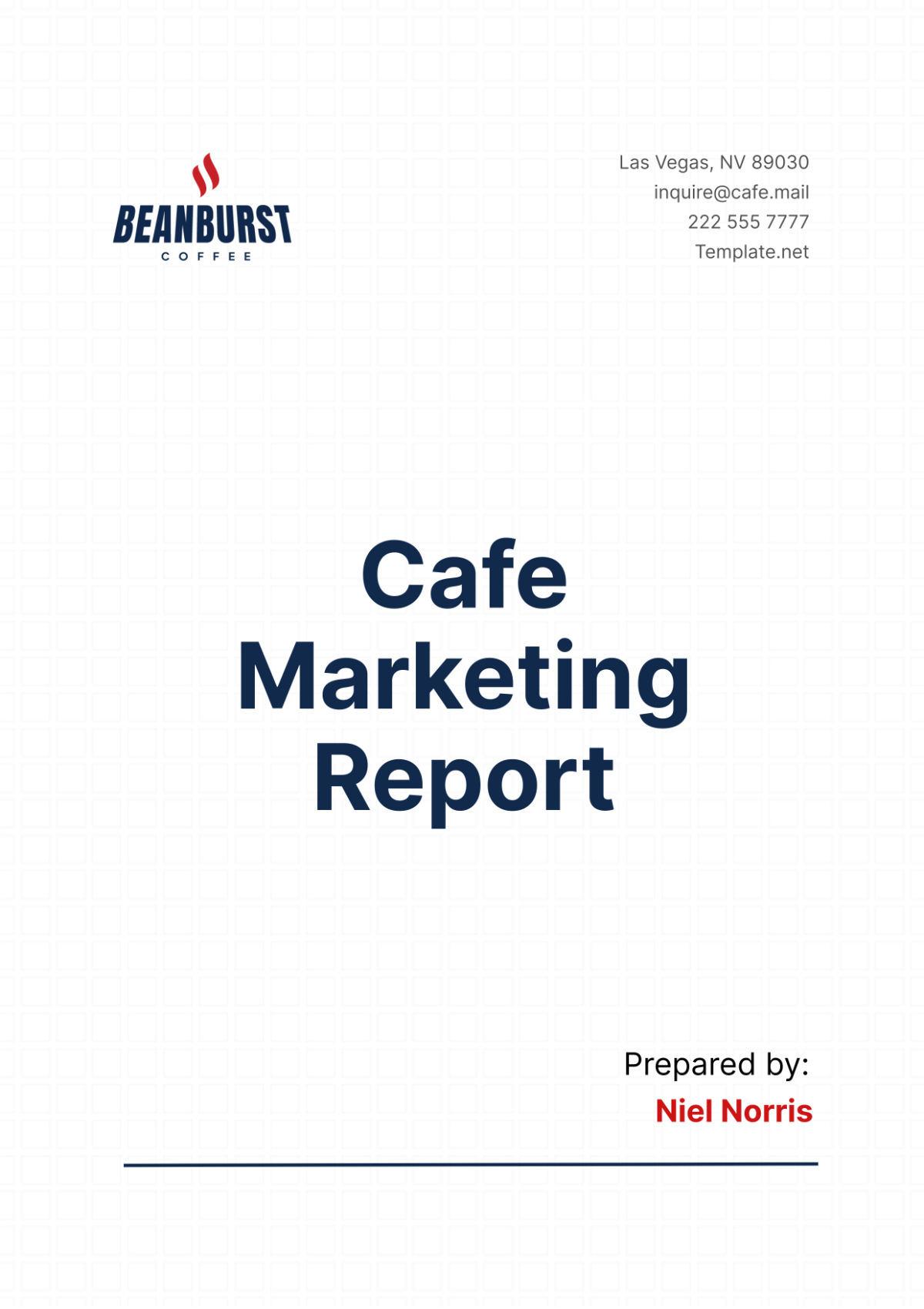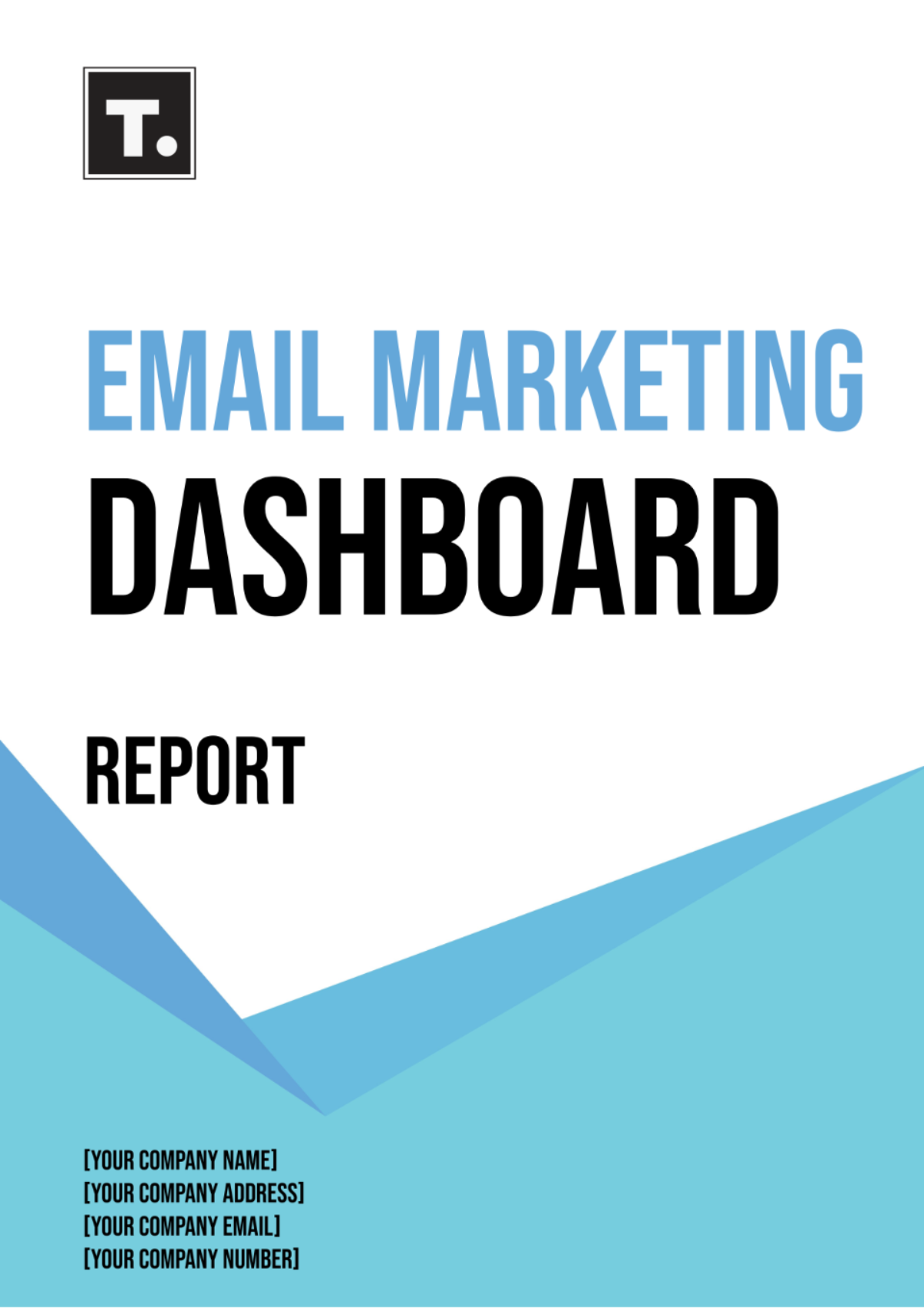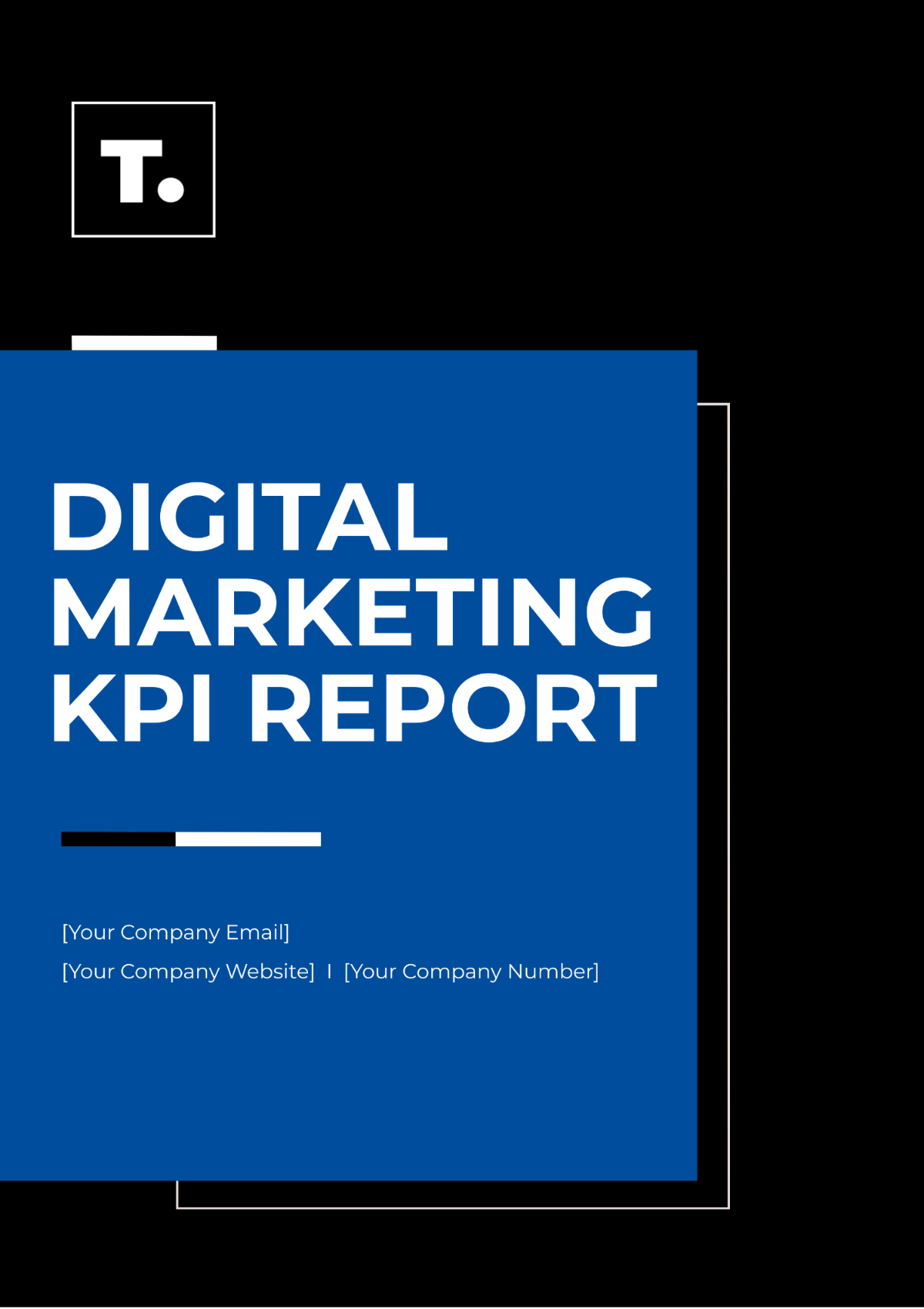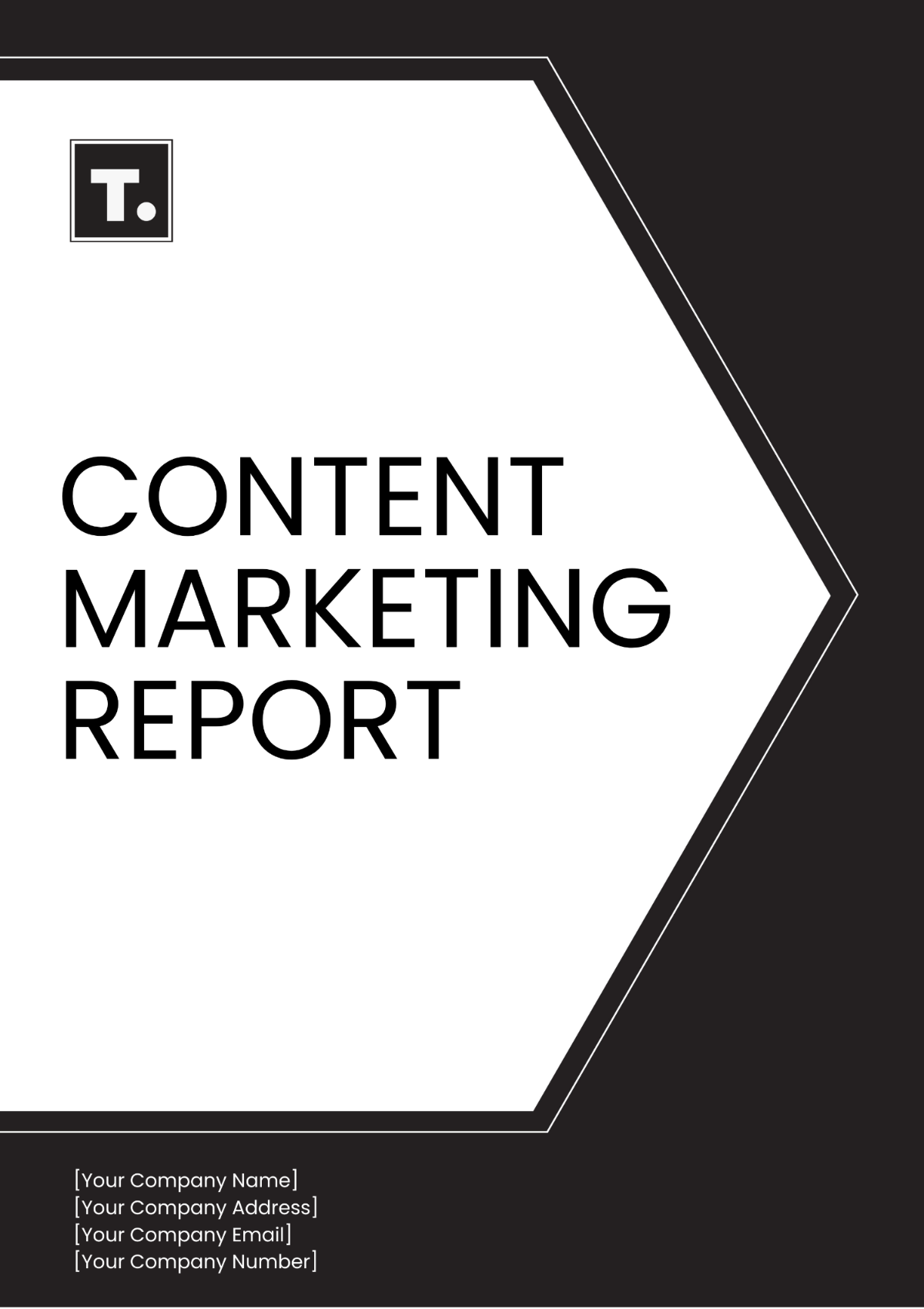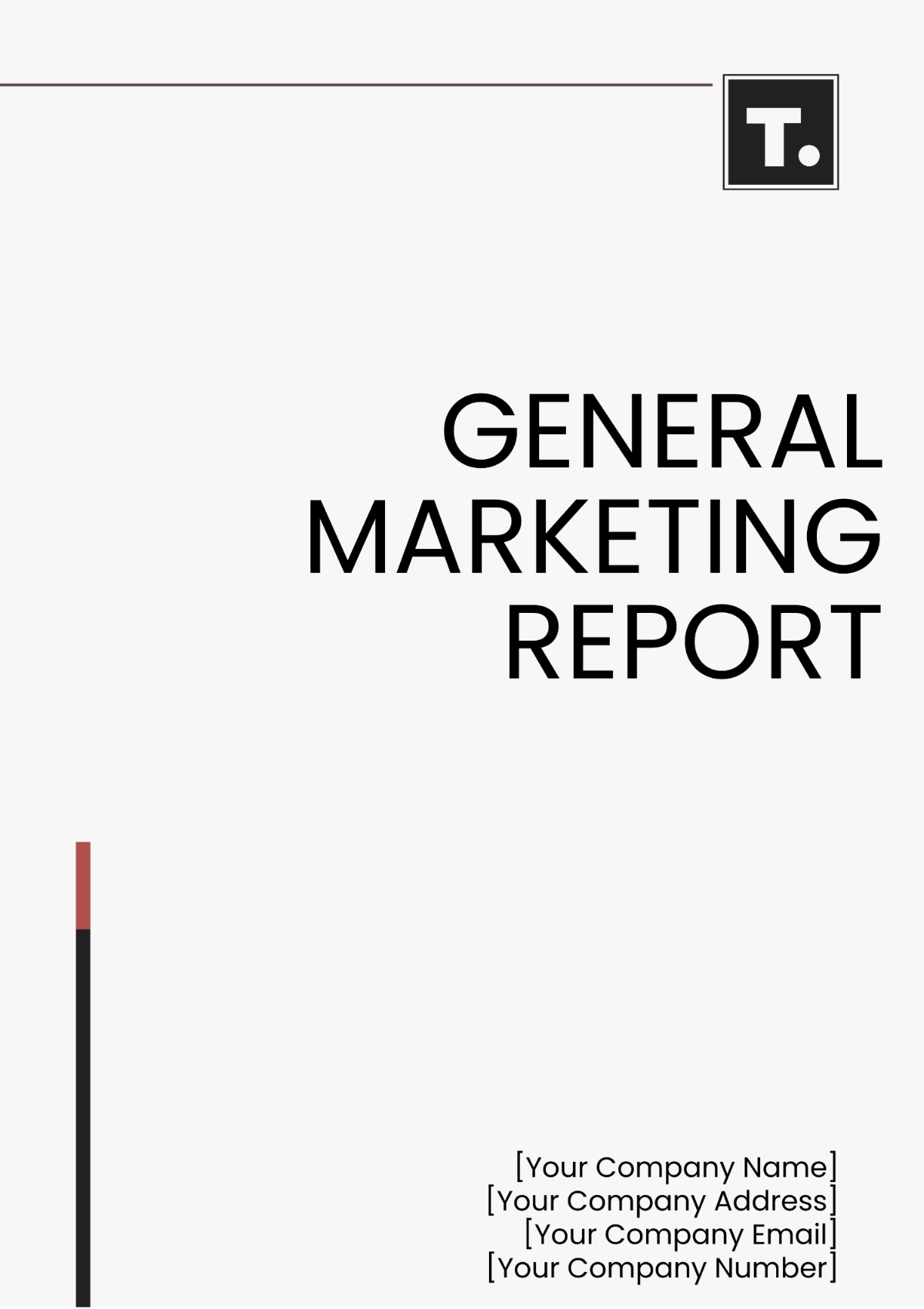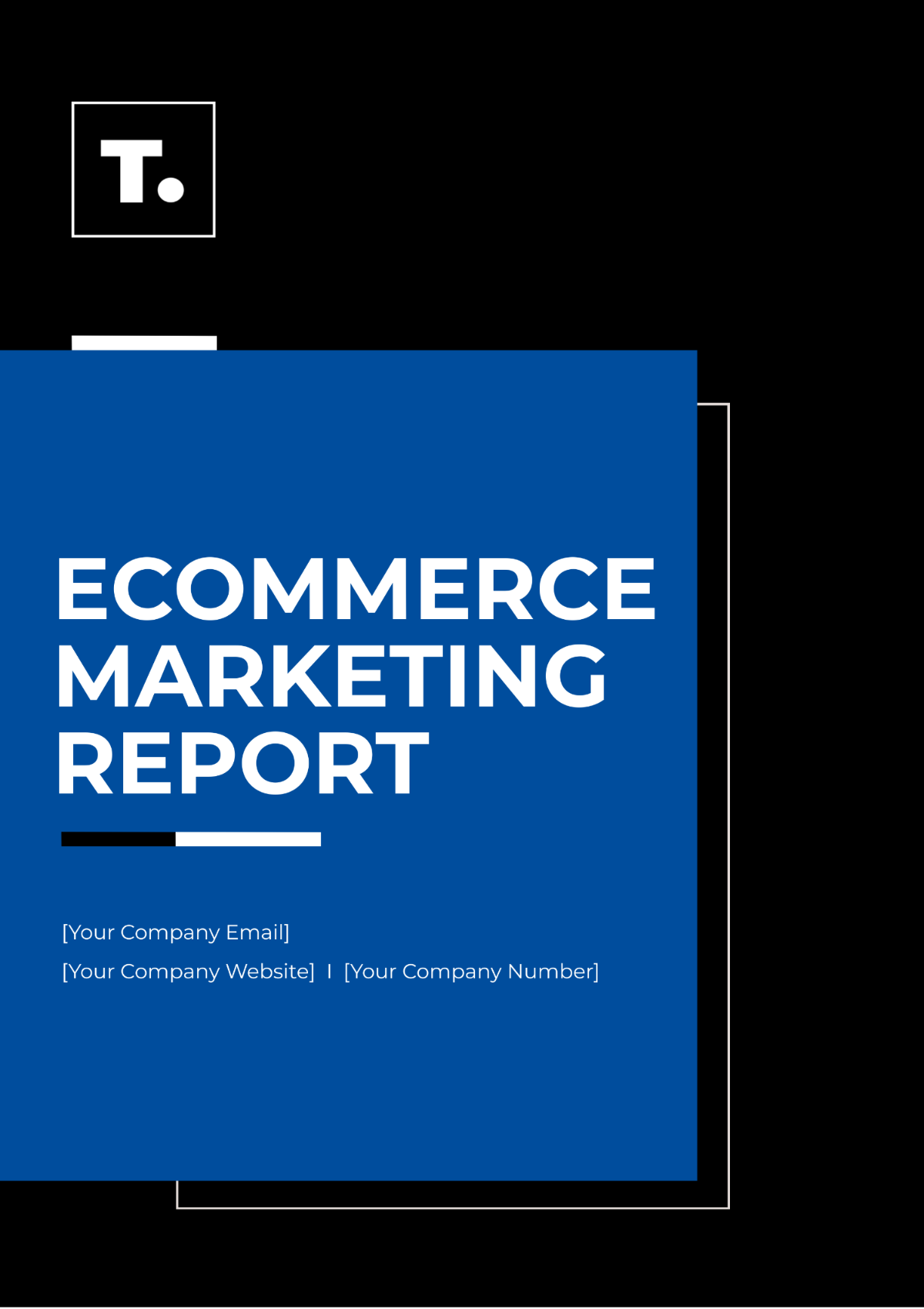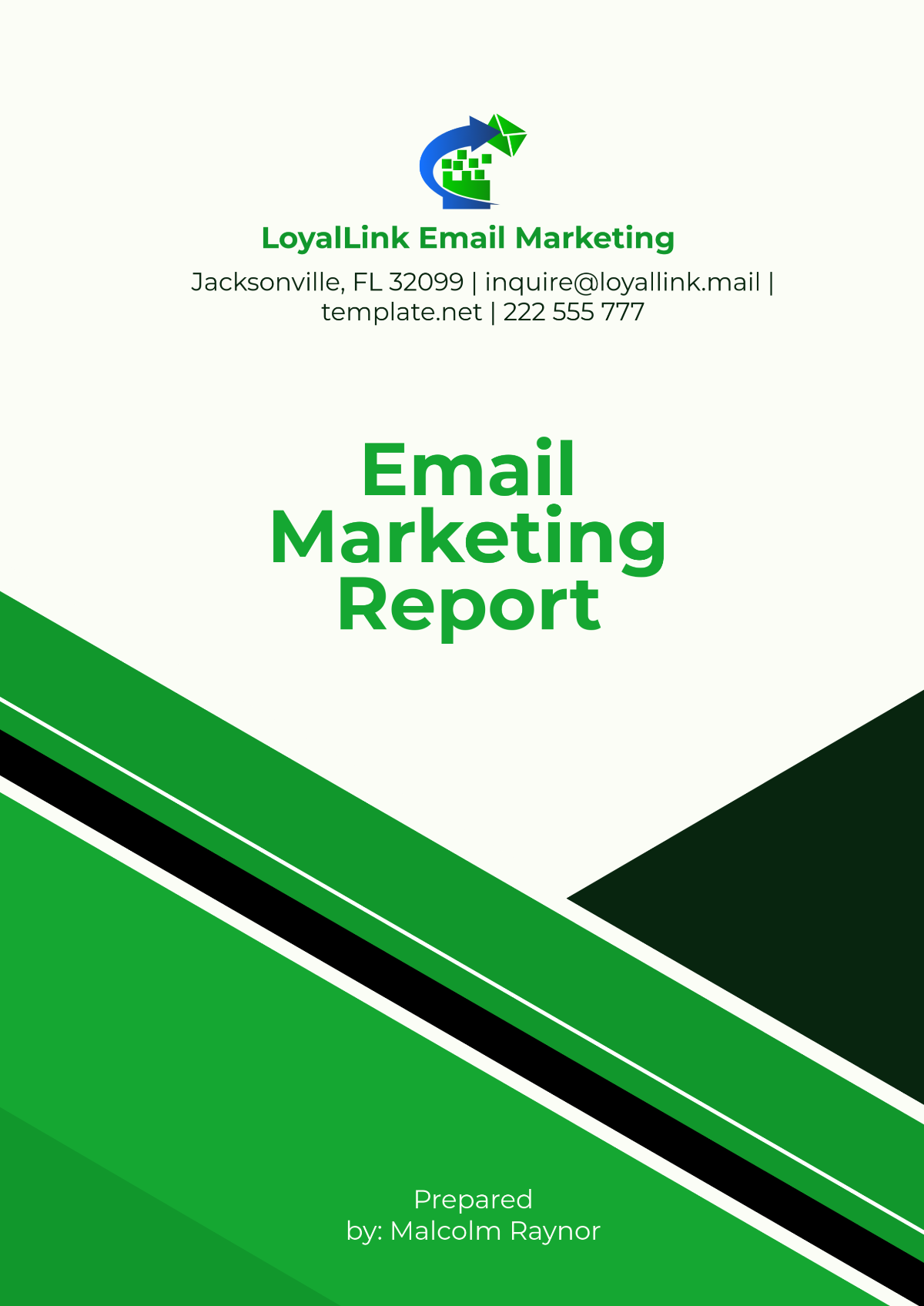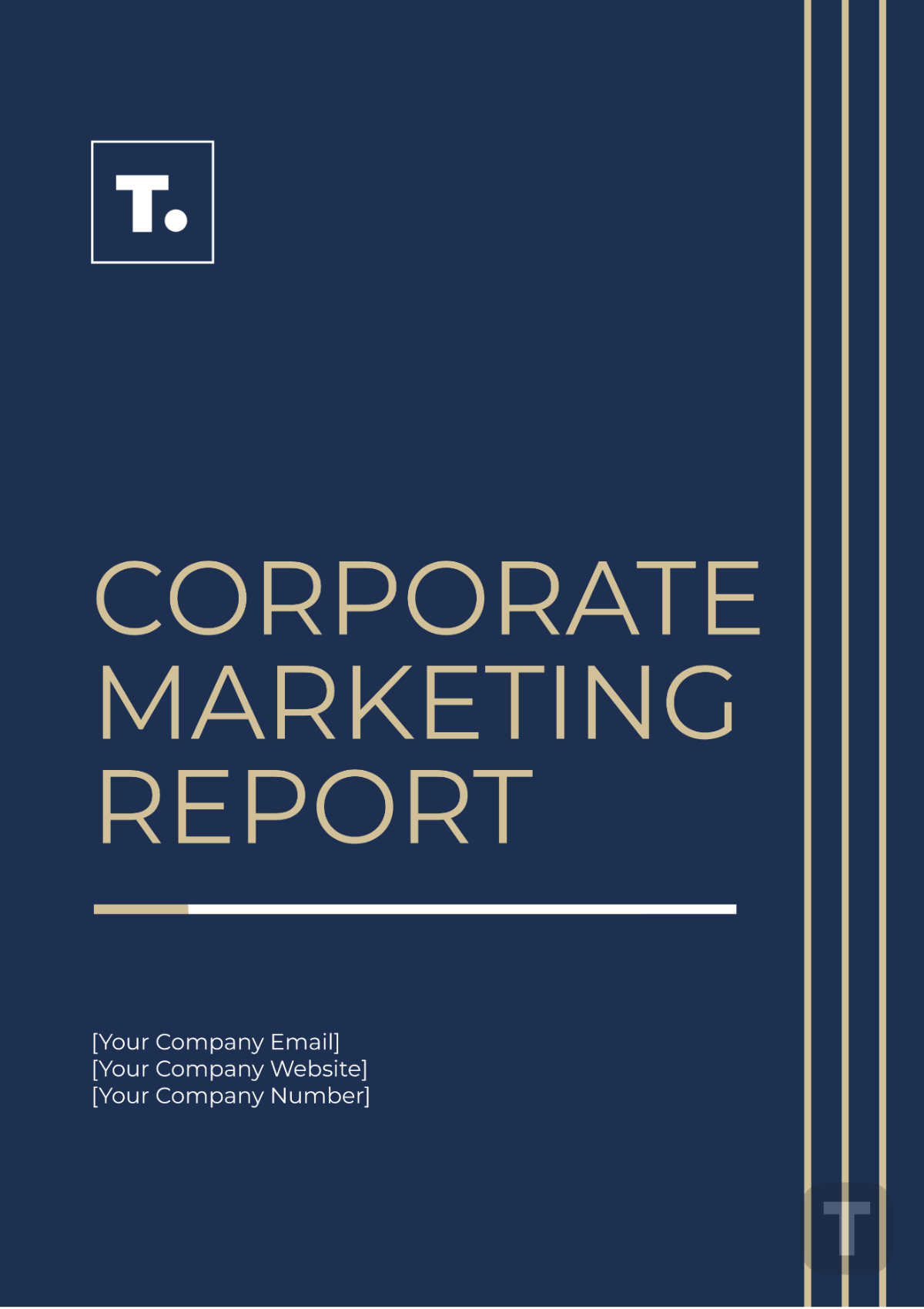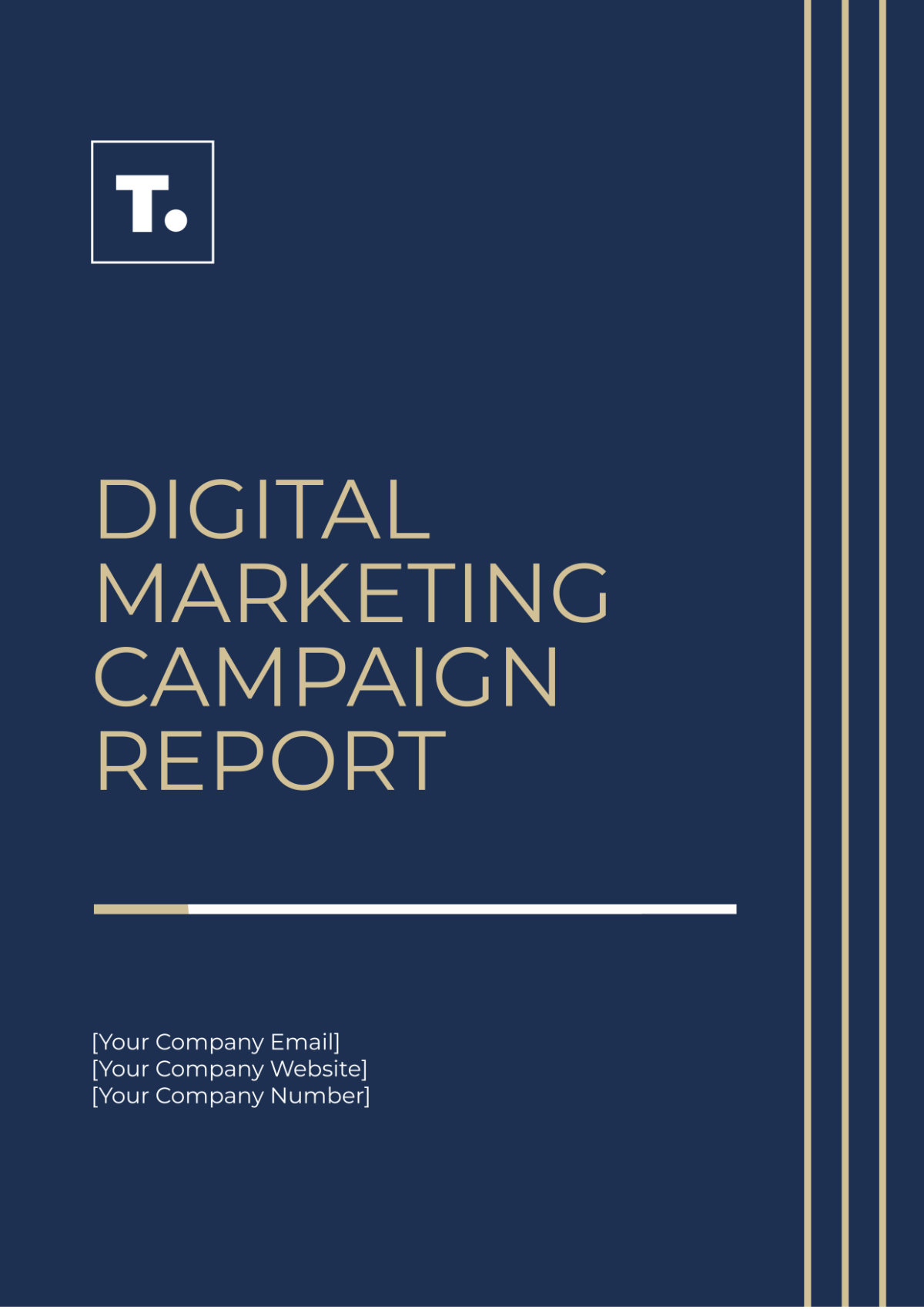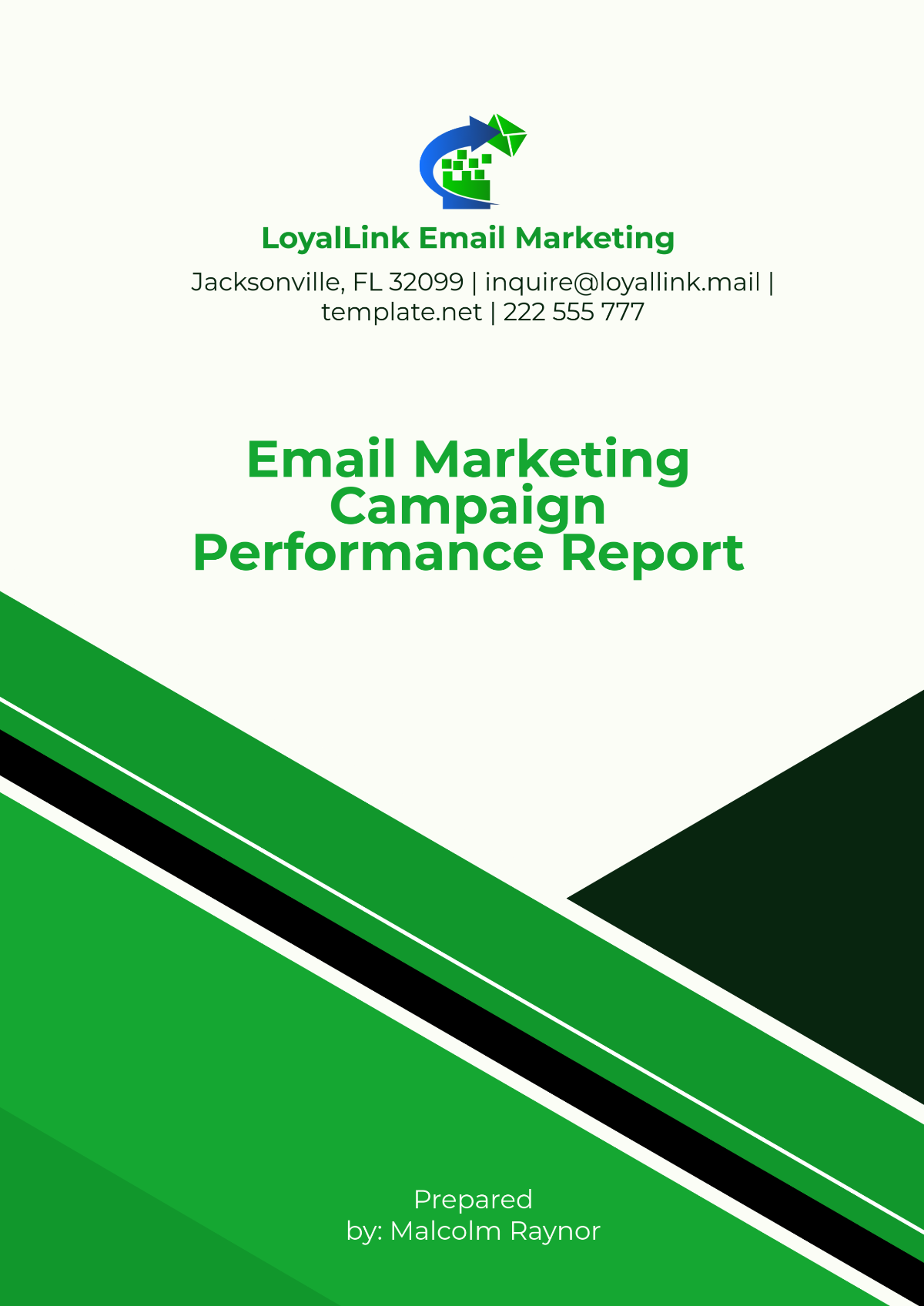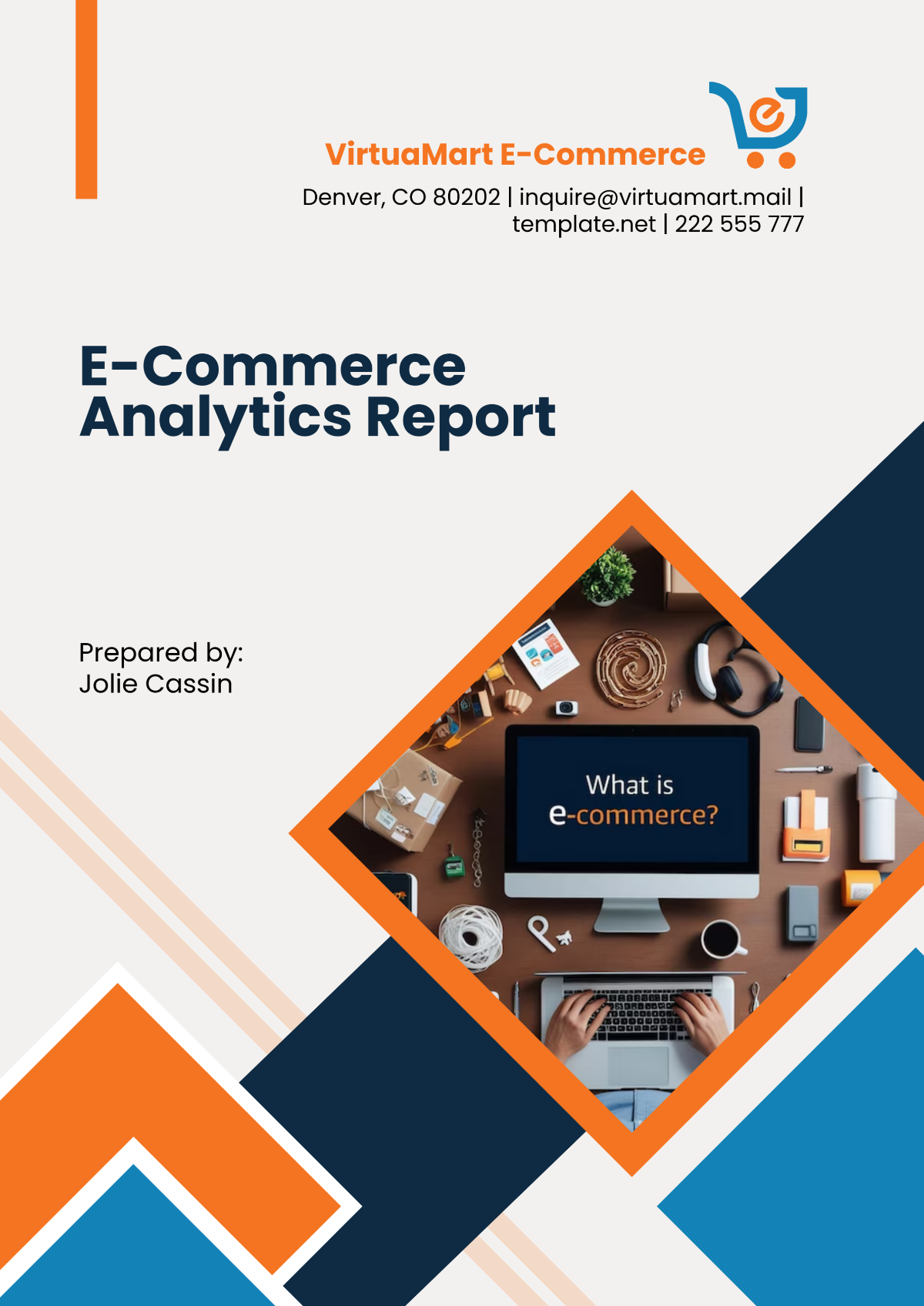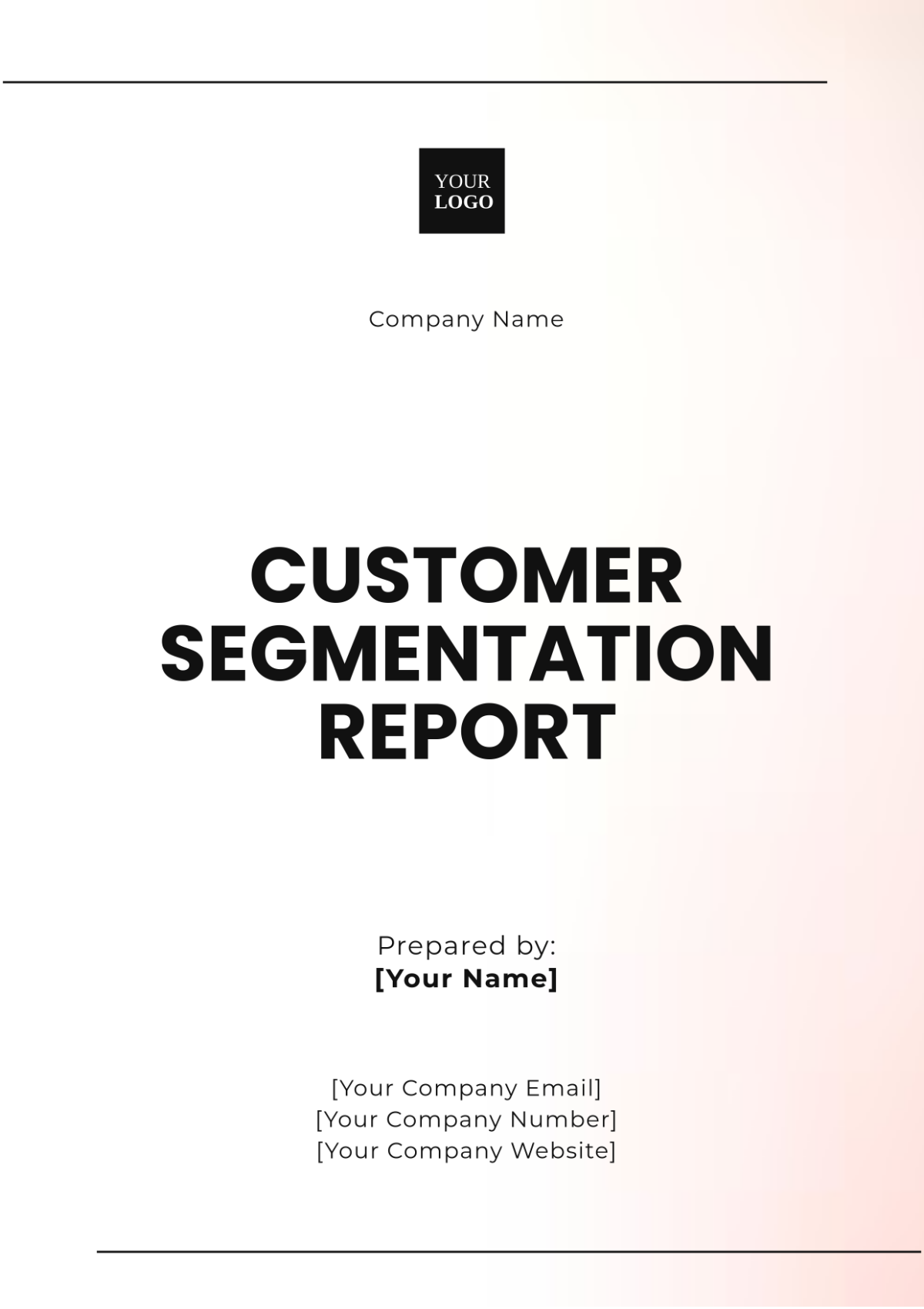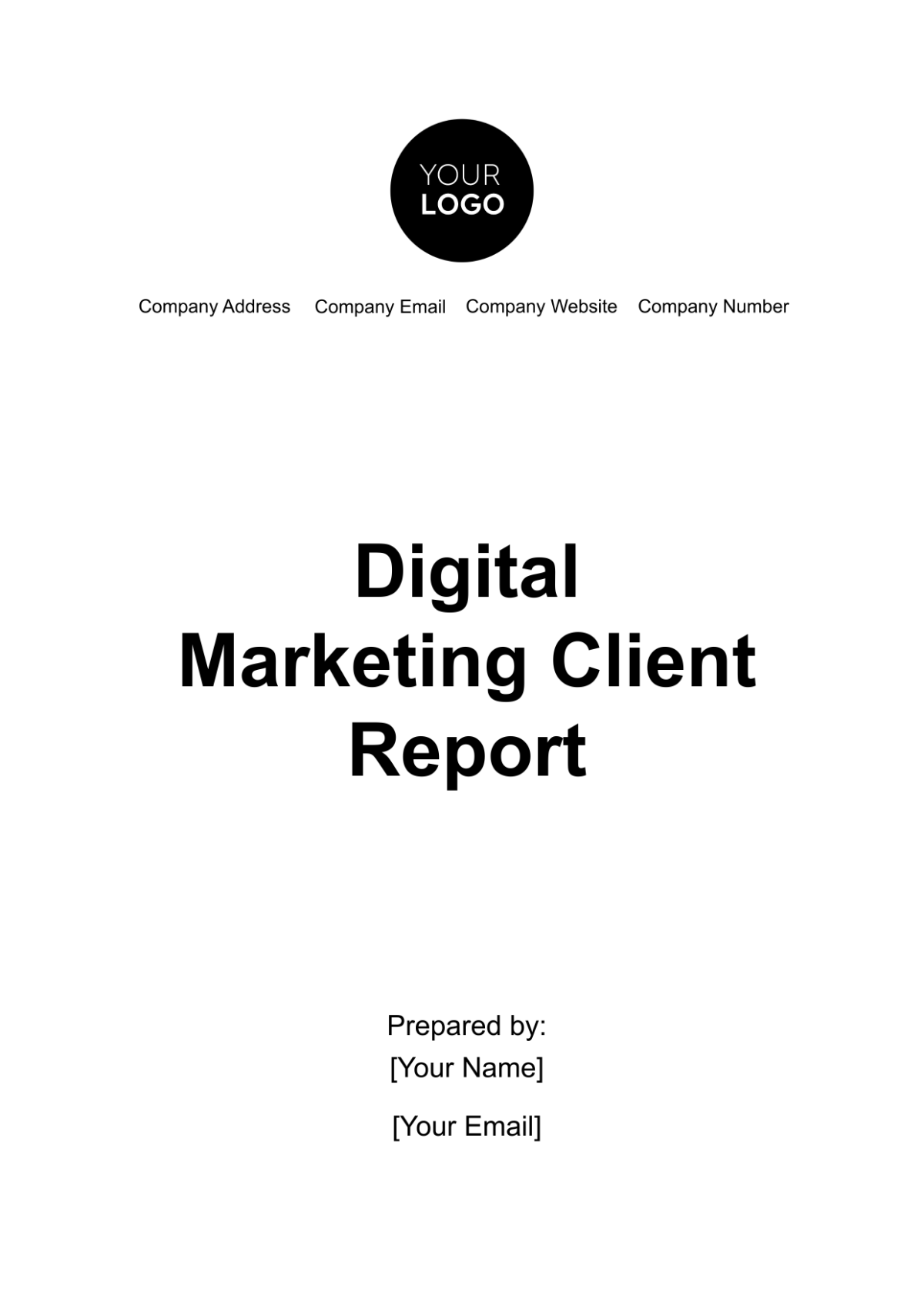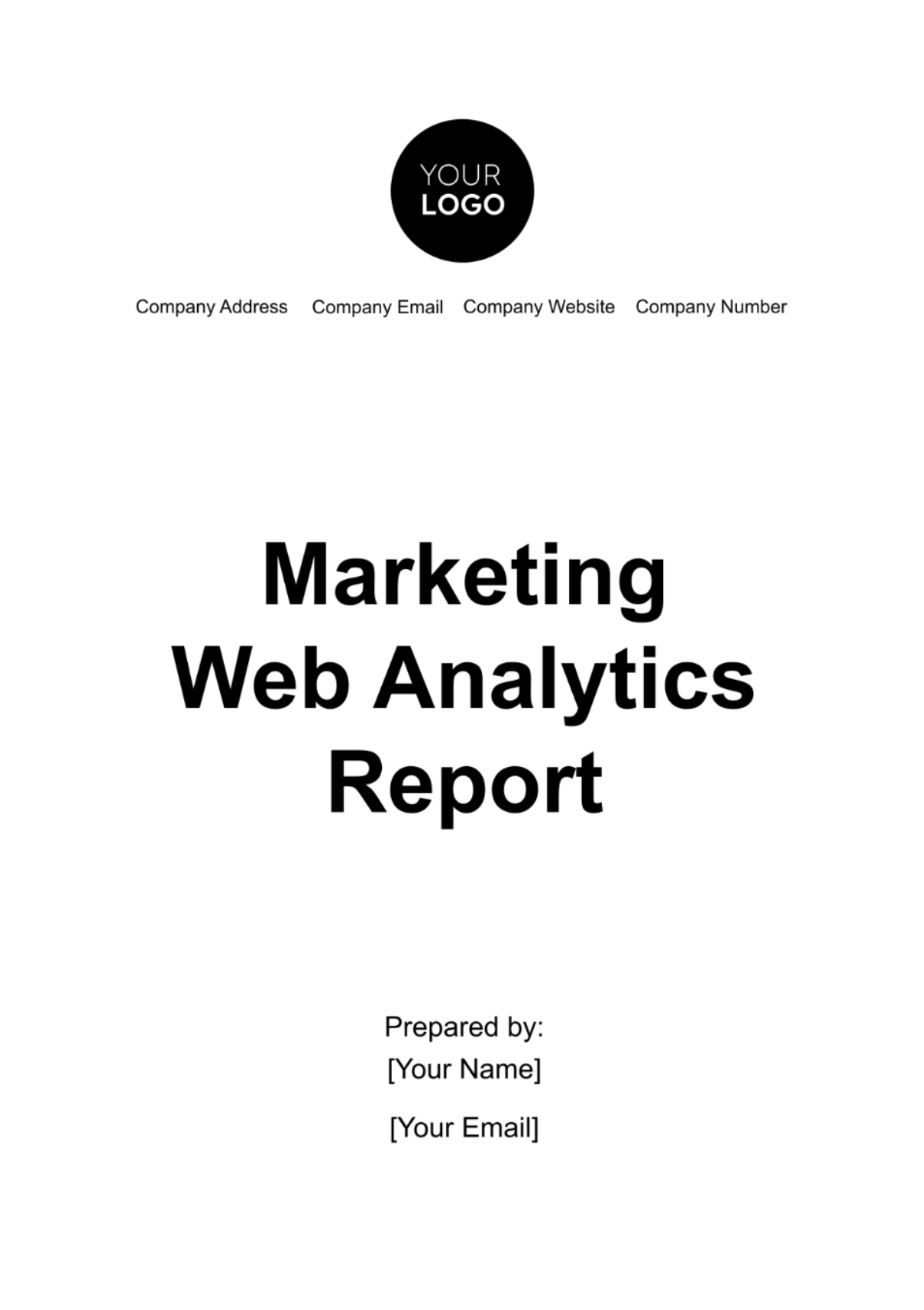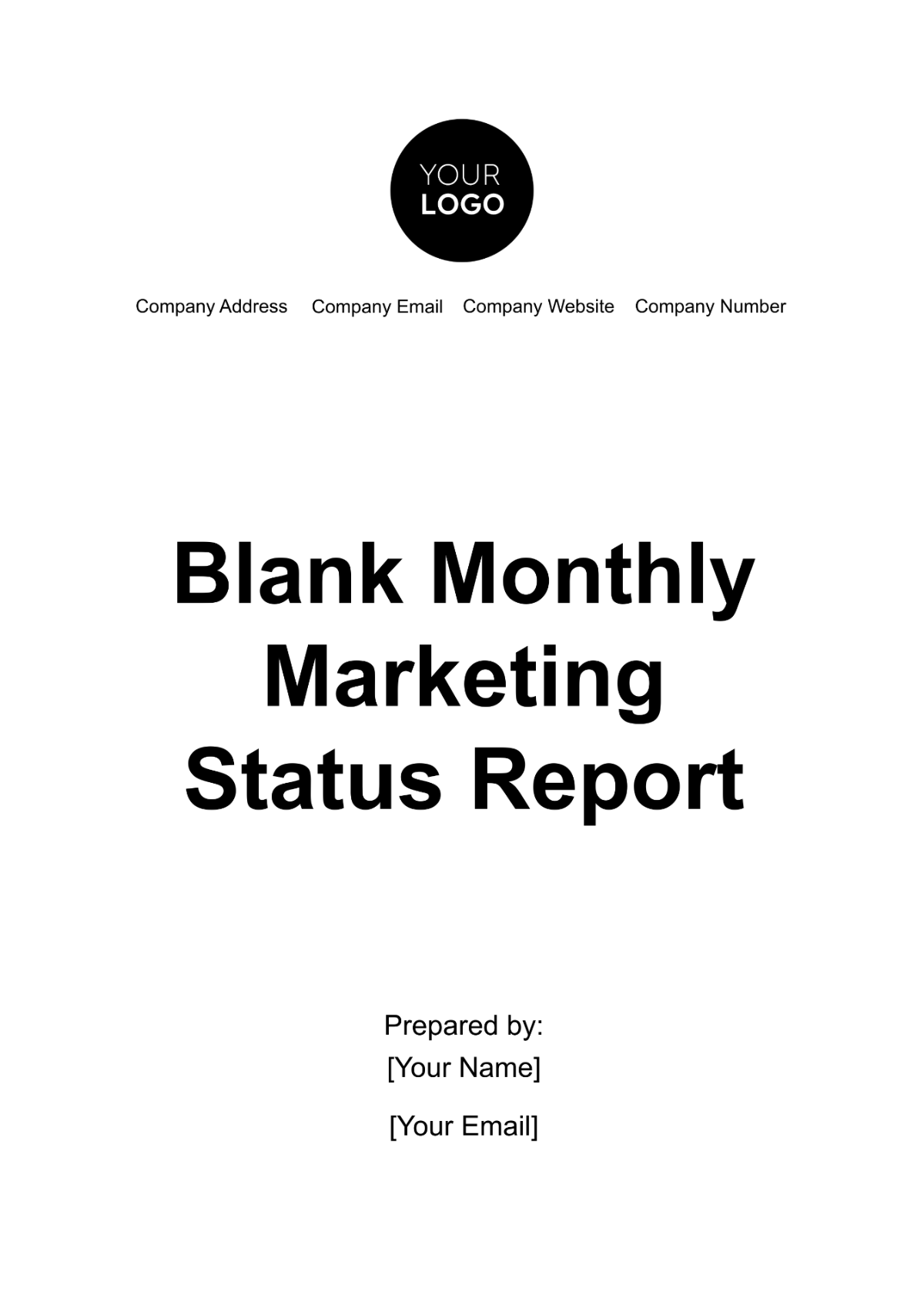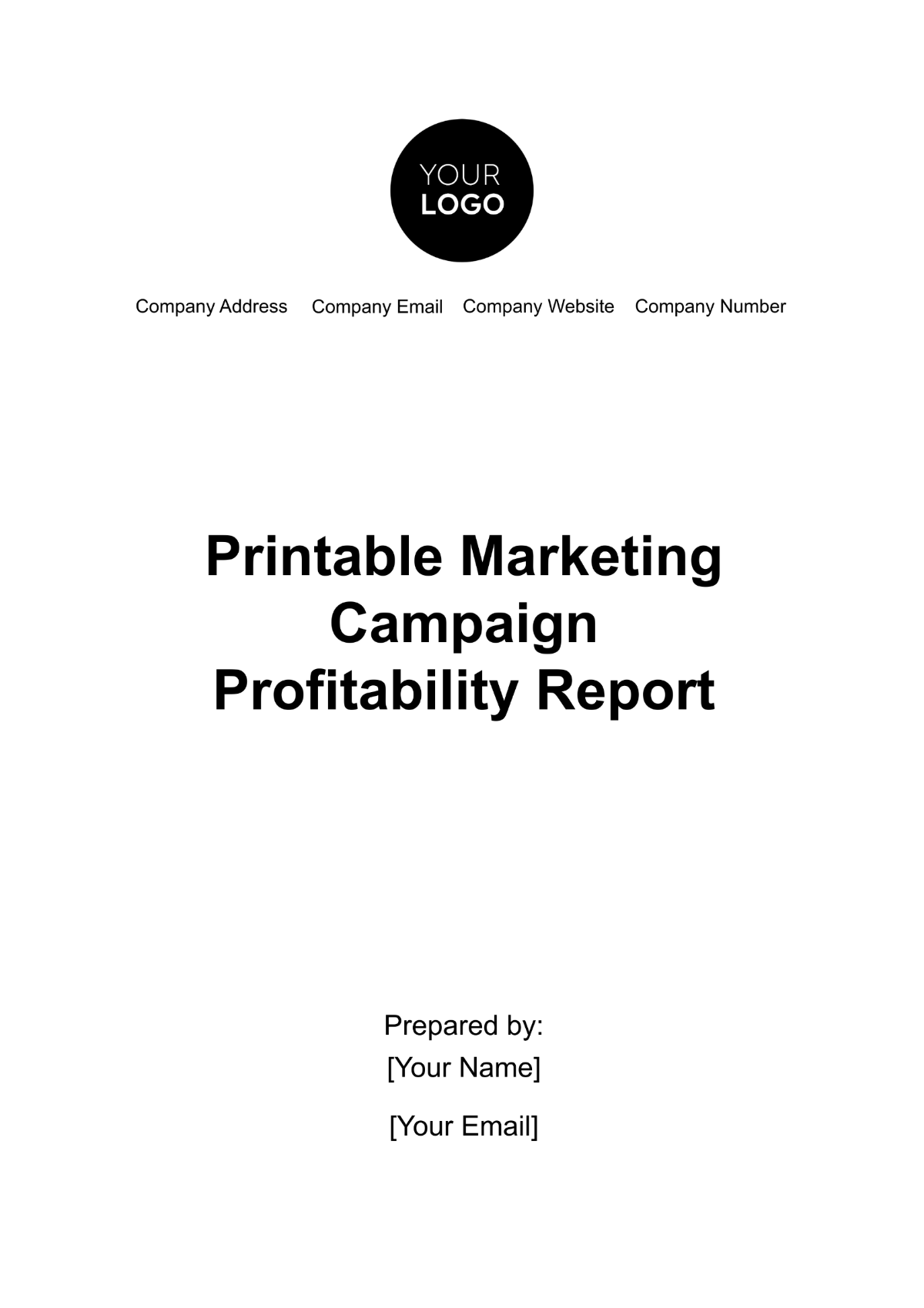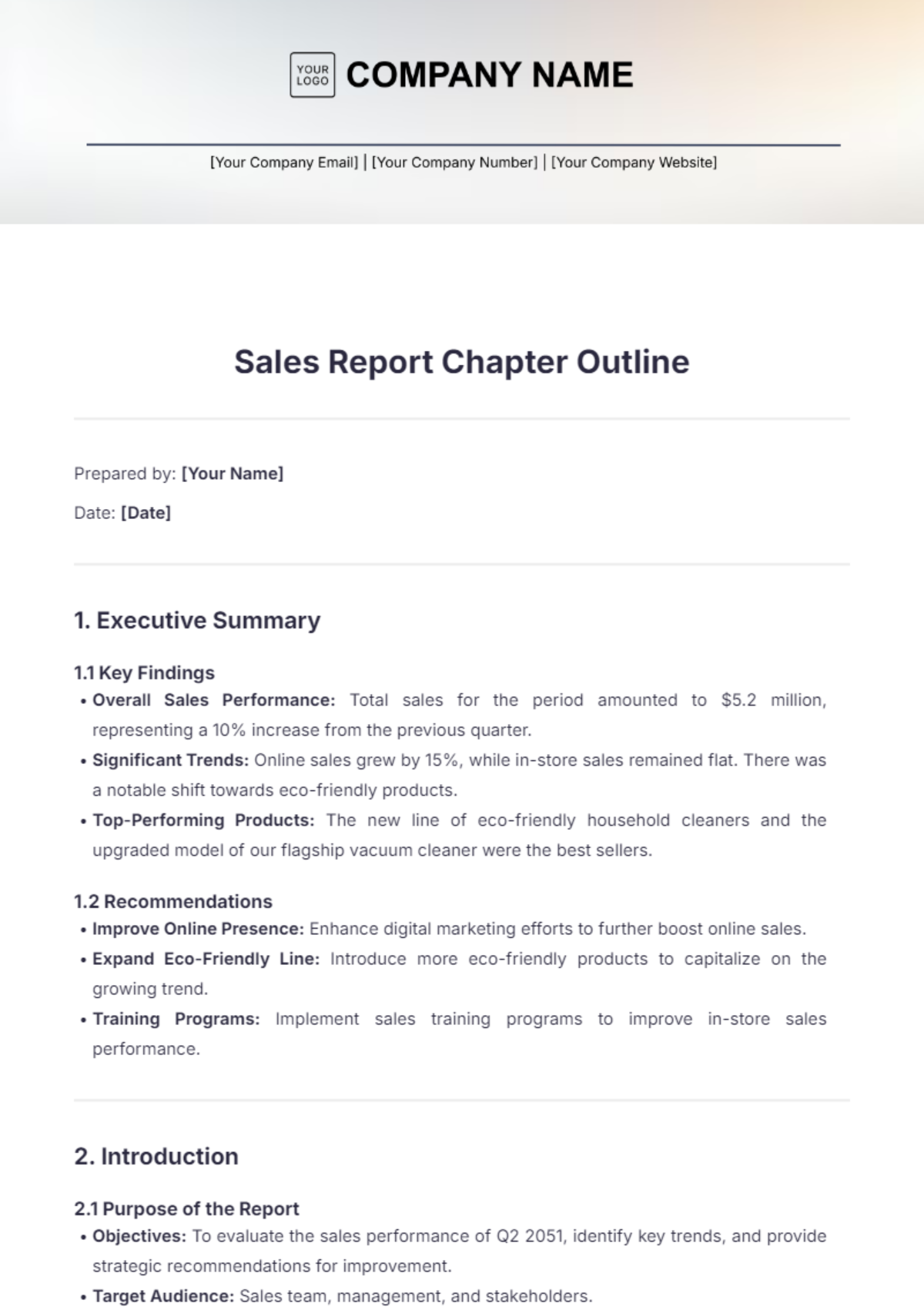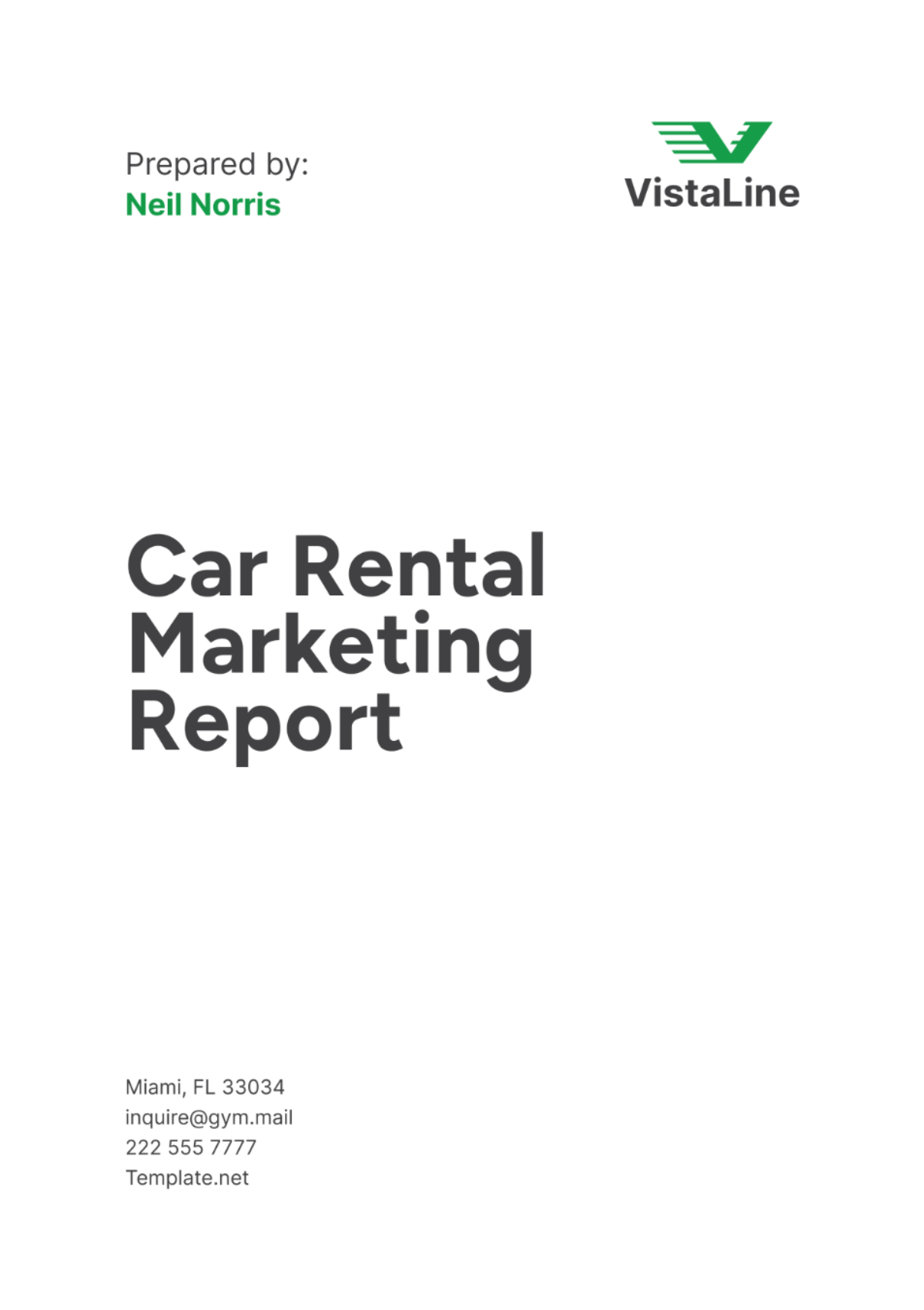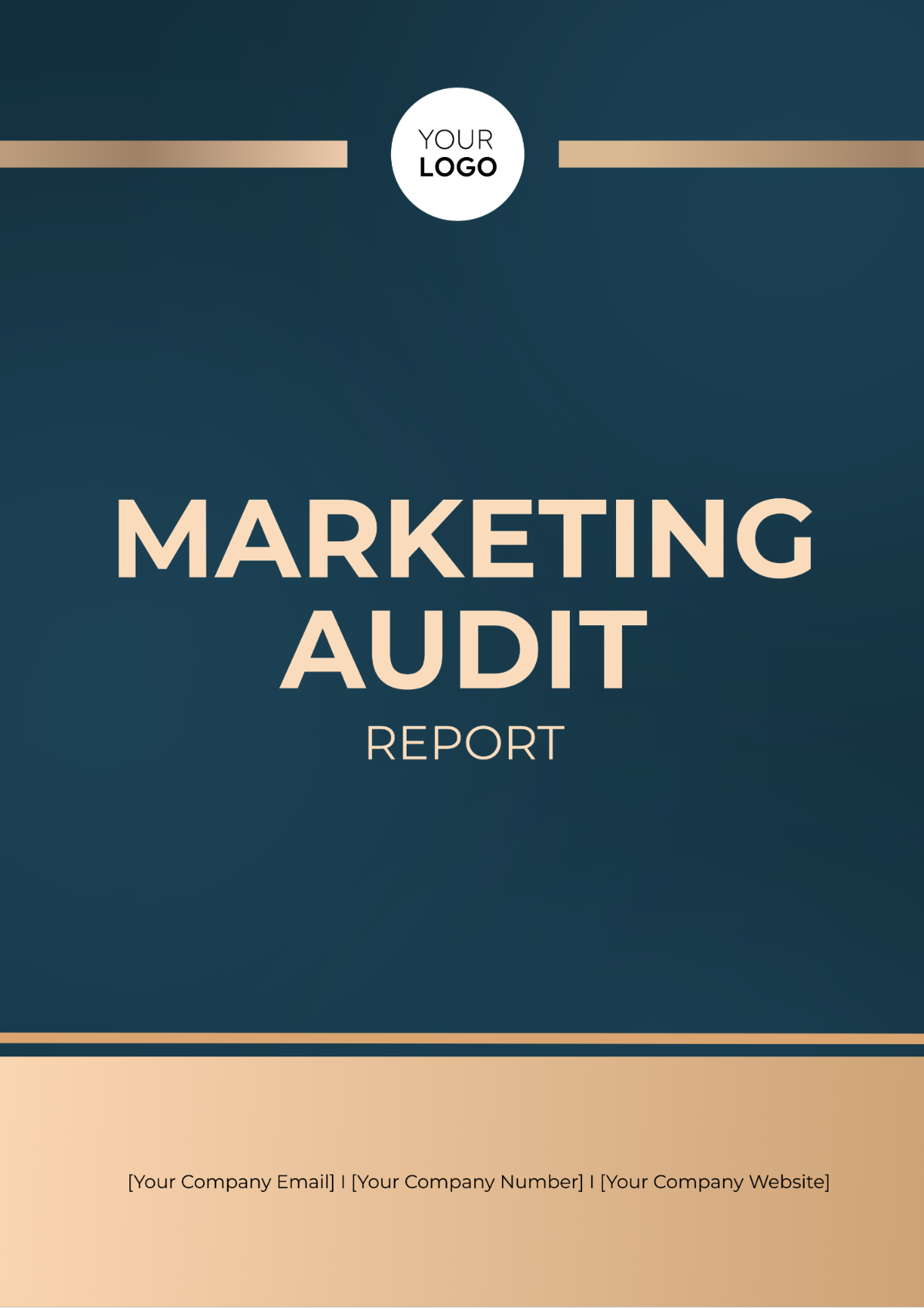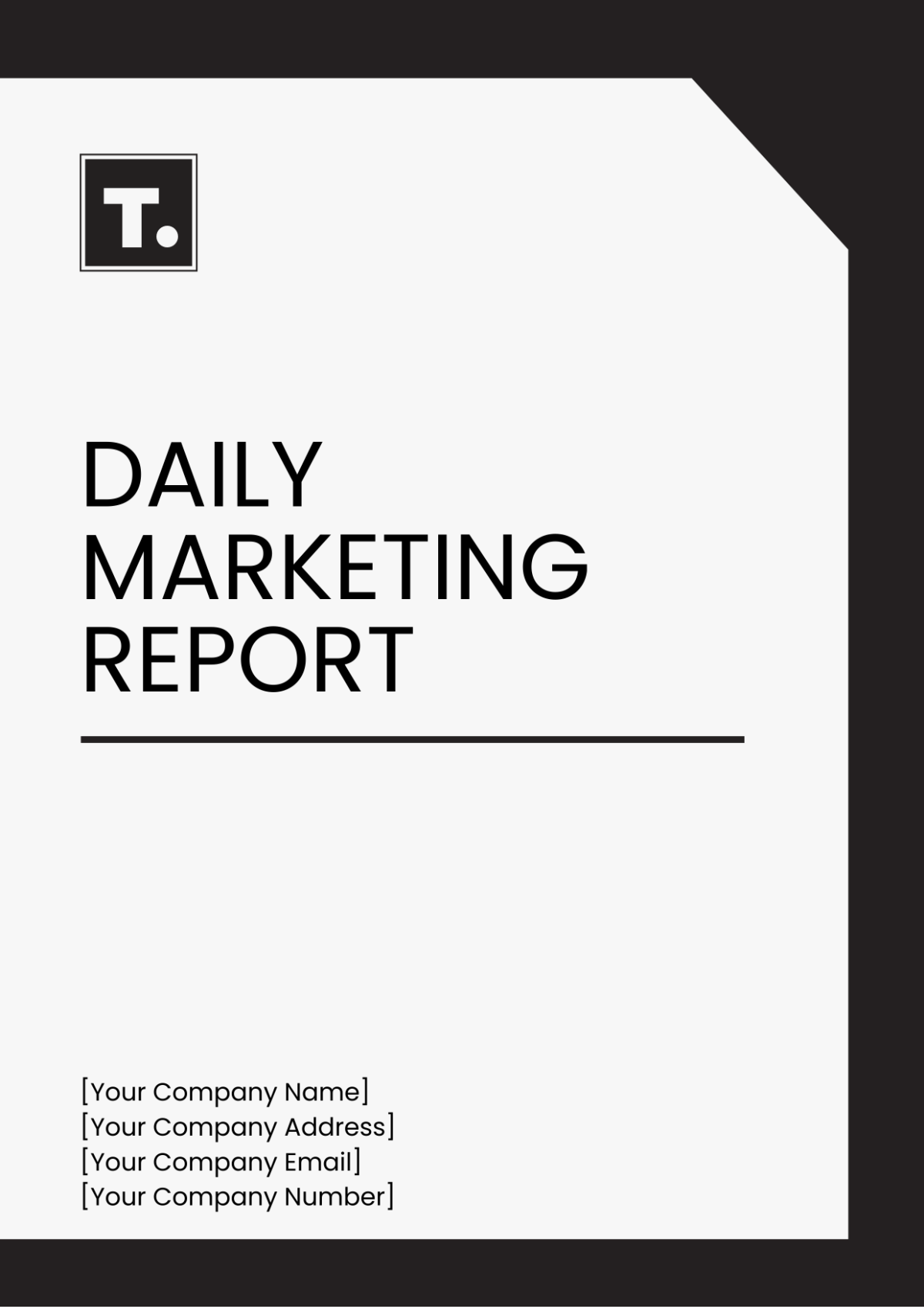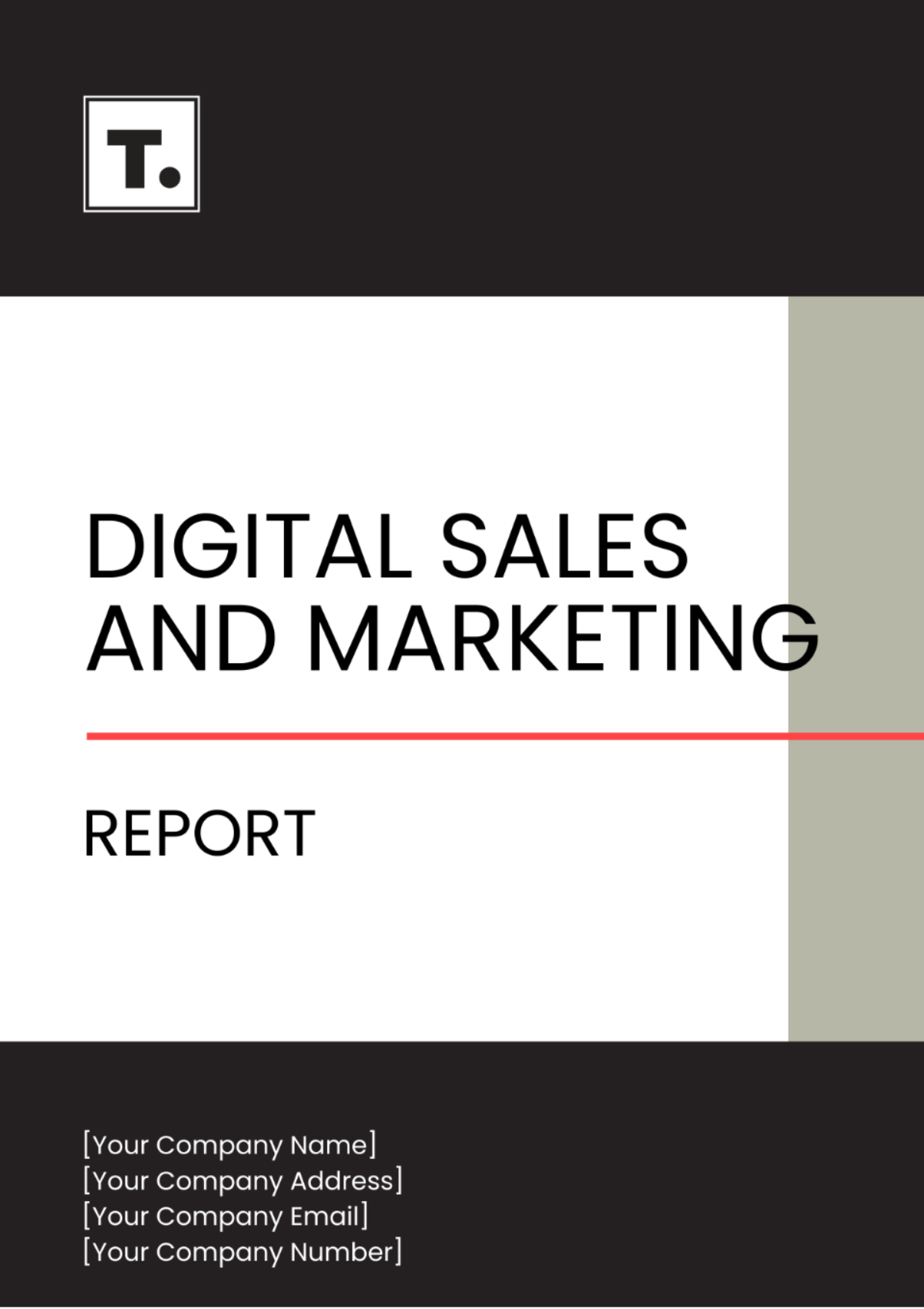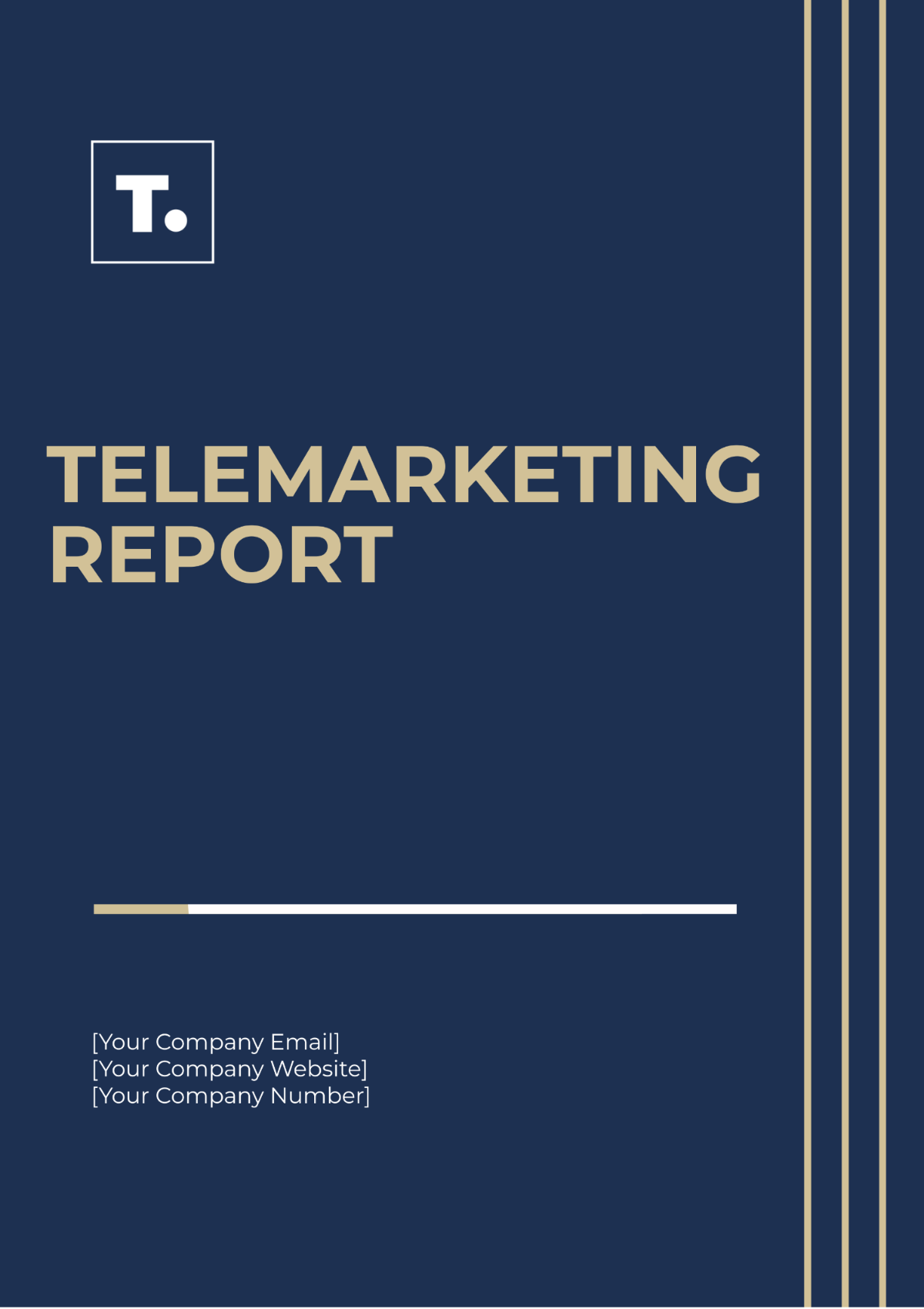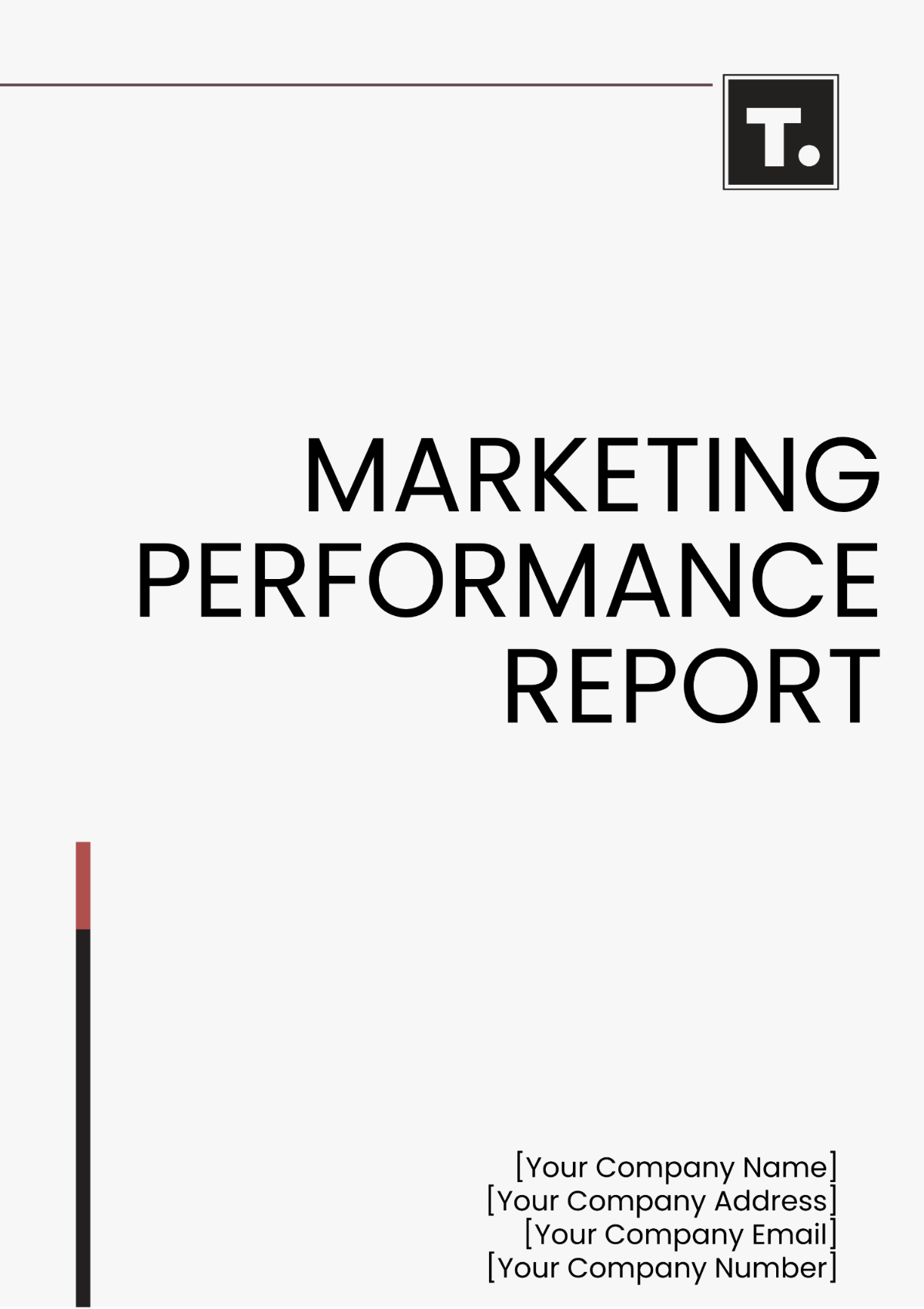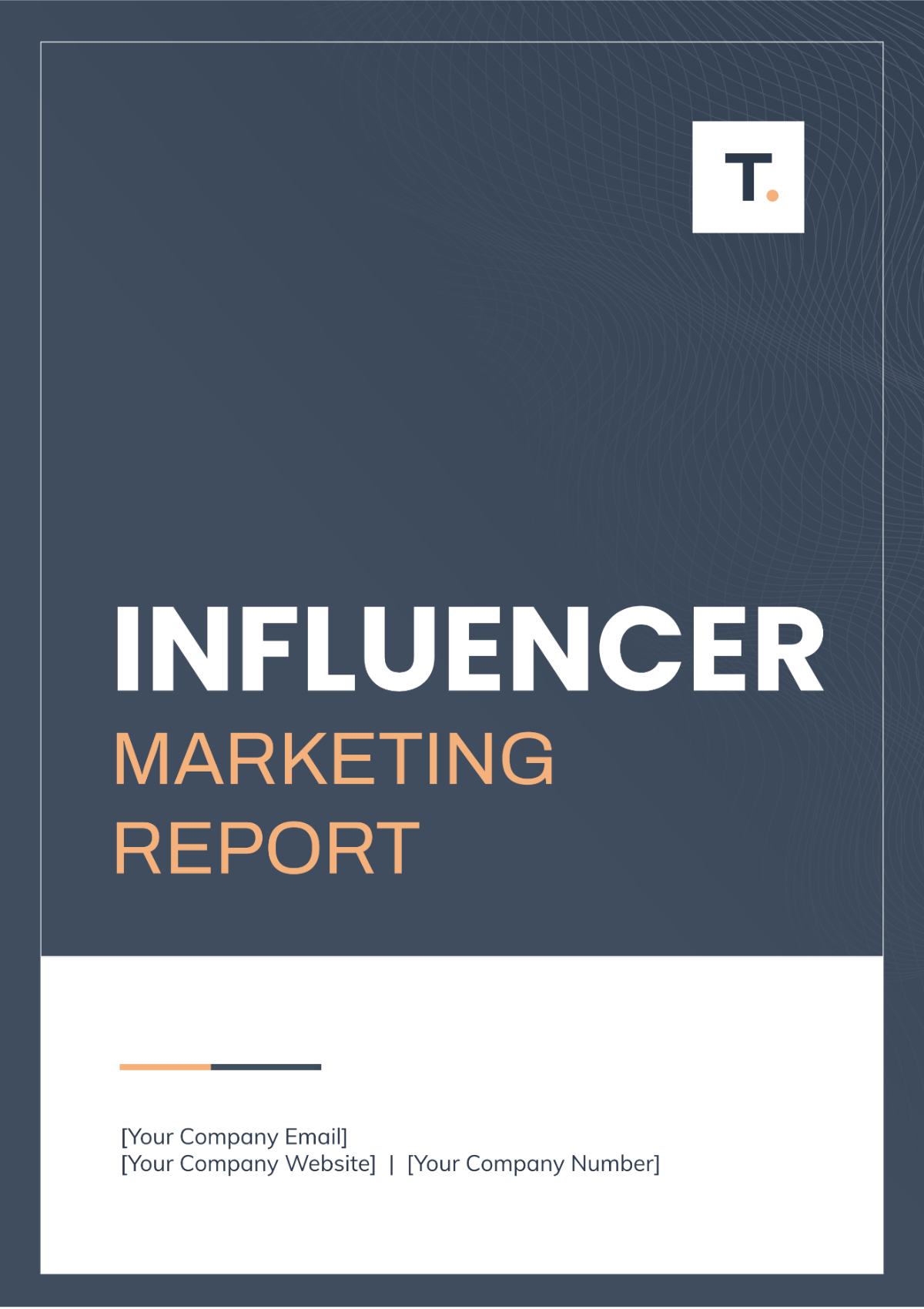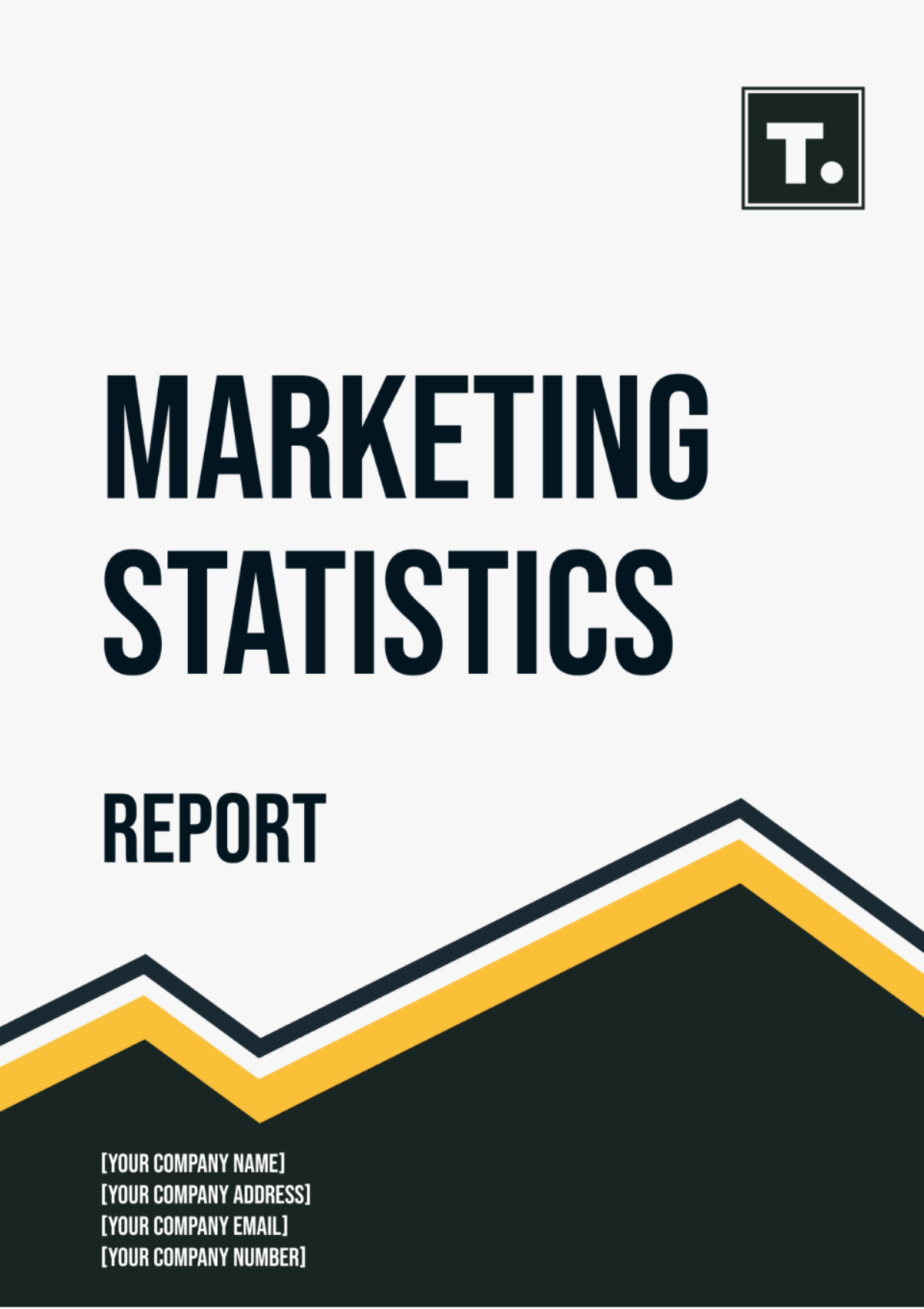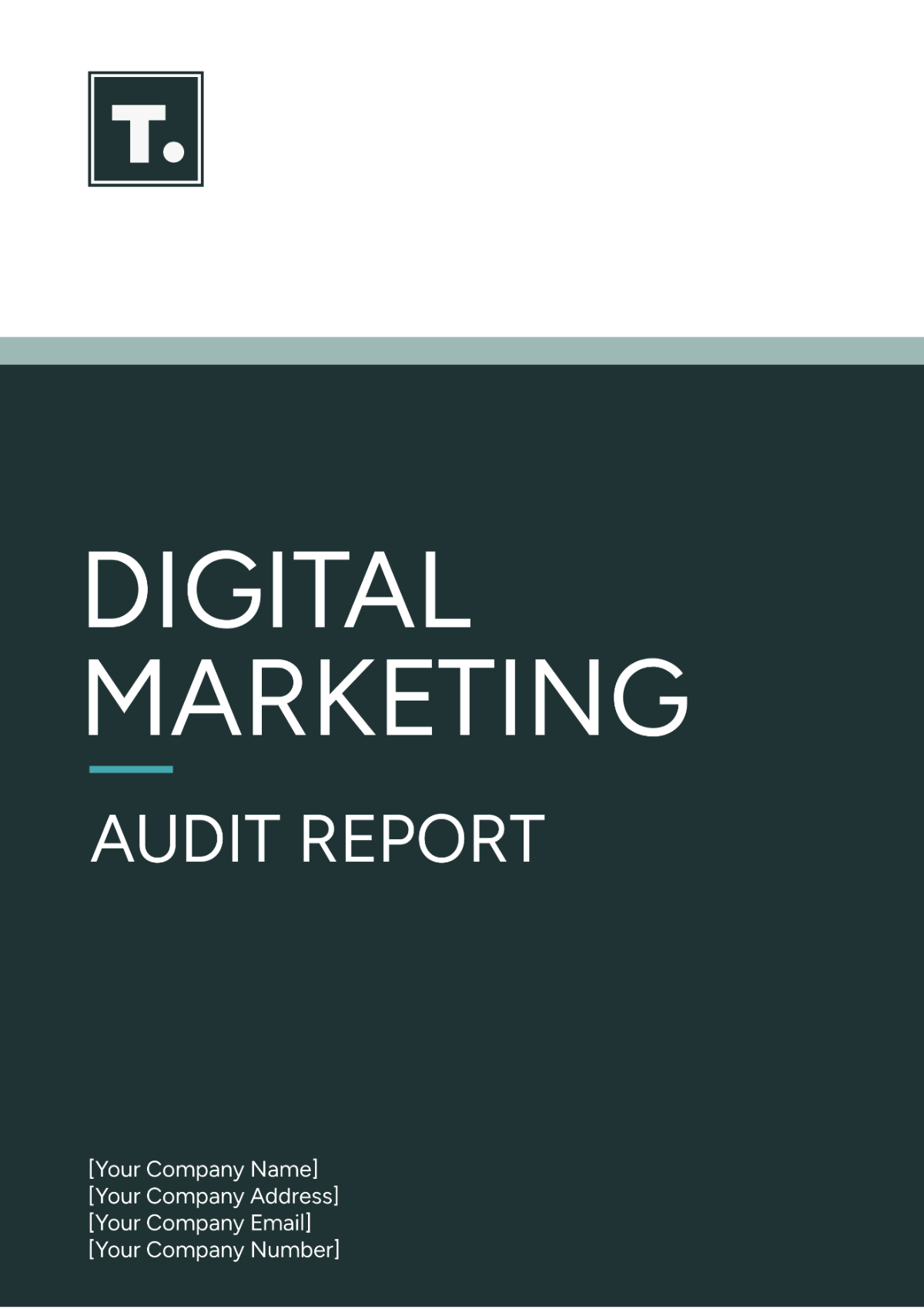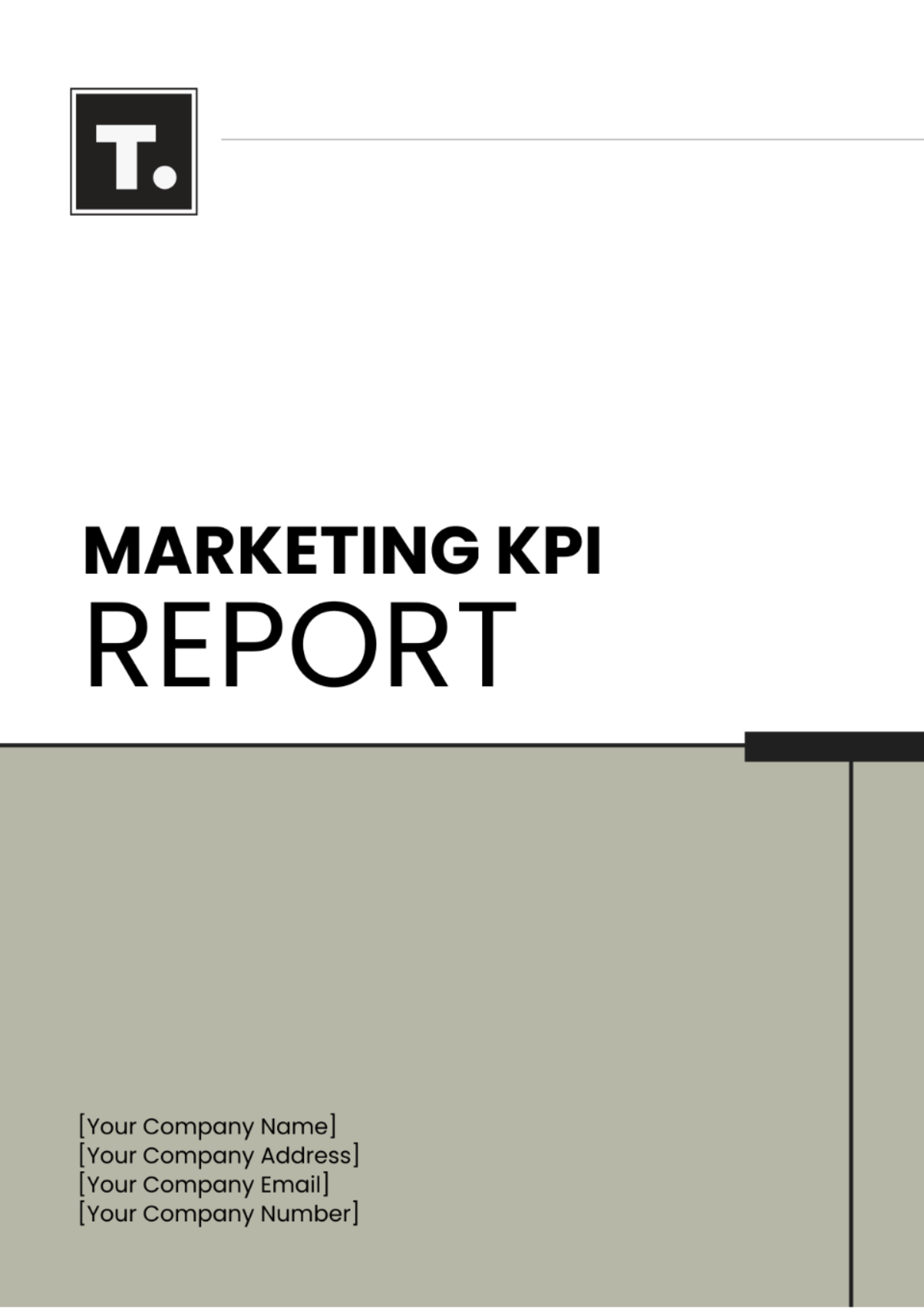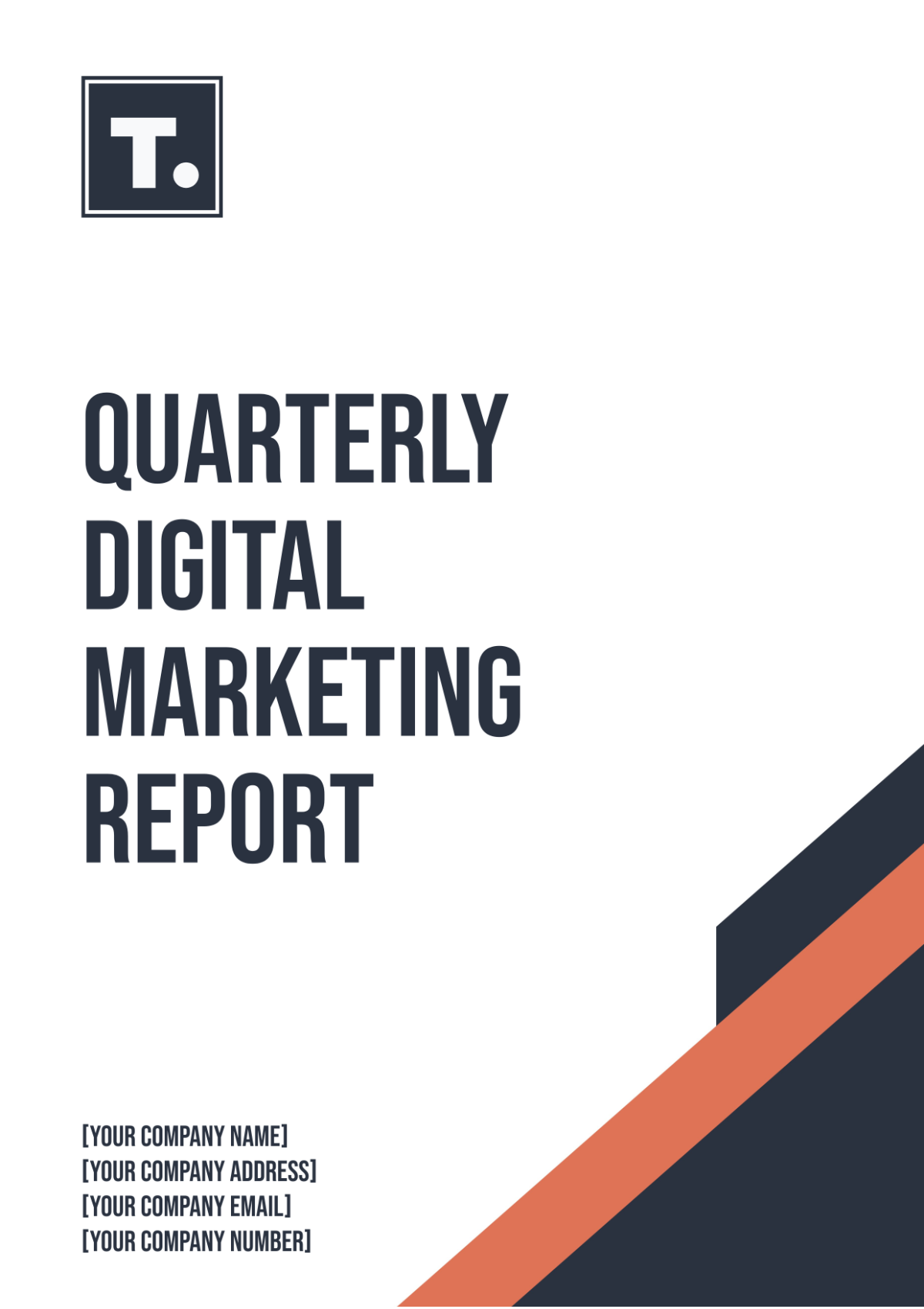Go-to-Market Campaign Performance Report
I. Executive Summary
A. Overview of the Campaign
The [Product Name] launch campaign aimed to introduce our new cloud-based project management tool to the SME market. The campaign was designed as a multi-channel initiative, incorporating digital advertising, content marketing, and email outreach to engage potential customers and build awareness. Spanning three months, the campaign targeted key decision-makers in IT and operations within the tech industry, driving both brand recognition and customer acquisition.
B. Key Objectives and Goals
[Your Company Name]’s primary objectives were to generate 1,000 qualified leads, drive $[00] million in revenue, and increase brand visibility by [00]% in the target market. We also aimed to shorten the sales cycle and improve the customer journey by optimizing lead nurturing. Secondary goals included expanding our email subscriber base by [00]% and strengthening relationships with key channel partners to maximize sales impact.
C. Summary of Results
The campaign was highly successful, generating 1,200 leads—exceeding our target by [00]%. Revenue reached $[00] million, surpassing projections, and brand awareness grew by [00]%, meeting our target ahead of schedule. Customer feedback was overwhelmingly positive, with many praising the product’s ease of use and fast setup, resulting in a [00]% trial-to-purchase conversion rate.
D. Strategic Insights and Key Takeaways
Paid advertising delivered the strongest ROI, particularly on Google Ads, where our click-through rate exceeded industry benchmarks. The integration between marketing and sales teams ensured timely lead follow-up, which played a significant role in improving conversion rates. However, the underperformance of organic social media channels highlighted the need for a revised approach in future campaigns, such as more targeted content and influencer partnerships.
II. Campaign Overview
A. Campaign Name and Duration
The [Product Name] Launch Campaign was named “Efficiency Elevated” to emphasize the core value of enhancing workflow productivity. Running from April 1 to June 30, 2054, the campaign was strategically timed to coincide with the annual procurement cycle of many SMEs, maximizing its relevance. The three-month duration allowed ample time to build awareness, nurture leads, and close sales, culminating in strong end-of-quarter results.
B. Target Market and Audience
Our primary audience consisted of small-to-medium enterprises (SMEs) in the tech industry, specifically targeting IT managers and operations leads. These individuals are typically responsible for project management tools and process improvements within their teams, making them ideal candidates for [Product Name]. The demographic focus was on professionals aged 30-50, with a particular emphasis on those looking for affordable and easy-to-implement solutions.
C. Product/Service Overview
[Product Name] is a cloud-based project management platform designed to streamline collaboration and enhance team productivity. It features intuitive task management, seamless file sharing, and real-time collaboration tools, making it ideal for tech-driven teams working on complex projects. Unlike enterprise-focused tools, [Product Name] caters specifically to SMEs, offering scalability, simplicity, and a lower price point to match the needs of smaller businesses.
D. Key Channels and Tactics
The campaign utilized a mix of paid digital advertising, email marketing, content creation, and influencer partnerships. Paid ads were run on Google, LinkedIn, and Facebook to reach decision-makers in tech SMEs, while email marketing focused on lead nurturing and engagement through personalized content. We also developed in-depth blog posts, case studies, and white papers to educate potential customers, supported by key industry influencers to enhance credibility.
E. Marketing and Sales Alignment
Close collaboration between marketing and sales teams was essential for the campaign’s success. Marketing passed on leads to the sales team in real-time, allowing sales reps to follow up within 24 hours of lead capture. Regular meetings were held to ensure both teams were aligned on messaging, goals, and key performance metrics, which significantly contributed to higher lead-to-customer conversion rates and a shorter sales cycle.
III. Key Performance Indicators (KPIs)
A. Lead Generation Metrics
The campaign generated 1,200 leads, surpassing the original goal of 1,000. These leads came from paid advertising (600 leads), organic content (300 leads), and email marketing (300 leads). The Cost per Lead (CPL) averaged $[00], slightly above our $[00] target, but high lead quality justified the increased spend. The conversion rate was [00]%, exceeding the industry benchmark of [00]%.
Metric | Goal | Actual | Variance |
|---|---|---|---|
Leads Generated | 1,000 | 1,200 | +200 |
Cost per Lead (CPL) | |||
Conversion Rate |
B. Sales Metrics
The campaign generated 500 sales, contributing to $[00] million in revenue, exceeding the target of $[00] million. Customer Acquisition Cost (CAC) was optimized at $[00], well below the industry average of $[00]. Strong marketing and sales alignment reduced the sales cycle, achieving a [00]% close rate on qualified leads.
Metric | Goal | Actual | Variance |
|---|---|---|---|
Revenue Generated | $2 million | $2.3 million | +$300,000 |
Number of Sales | |||
Customer Acquisition Cost |
C. Engagement Metrics
The campaign drove 120,000 visitors to our website, with 60,000 specifically viewing the [Product Name] landing page. Social media efforts generated strong engagement, with 5,000 likes, 2,500 shares, and 800 comments across platforms, signaling significant customer interest. Email campaigns also performed well, with an open rate of [00]% and a click-through rate (CTR) of [00]%, both exceeding industry standards.
Metric | Goal | Actual | Variance |
|---|---|---|---|
Website Traffic | 100,000 | 120,000 | +20,000 |
Landing Page Views | |||
Email Open Rate | |||
Email Click-through Rate |
D. Product Adoption Metrics
The campaign resulted in 8,000 free trial signups, with [00]% converting into paying customers. This trial-to-purchase conversion rate of [00]% was higher than anticipated, reflecting strong customer satisfaction and interest. Post-trial surveys indicated that [00]% of users found the product easy to use, and [00]% were satisfied with its functionality, which helped secure a high retention rate and confirmed the product’s market fit.
Metric | Goal | Actual | Variance |
|---|---|---|---|
Trial Signups | 7,500 | 8,000 | +500 |
Trial-to-Purchase Rate | |||
Customer Satisfaction | |||
Ease of Use |
IV. Marketing Channel Performance
A. Paid Advertising
Paid search and social media advertising were instrumental in generating leads, with 500,000 impressions and a [00]% CTR. Google Ads performed exceptionally well, driving [00]% of total paid leads, while LinkedIn and Facebook ads effectively reached targeted decision-makers in SMEs. The ROI on Ad Spend was [00]%, yielding $[00] in revenue directly from paid ads.
Metric | Impressions | CTR | Revenue Attributed | ROI |
|---|---|---|---|---|
Google Ads | 300,000 | 5.0% | $552,000 | 400% |
LinkedIn Ads | ||||
Facebook Ads |
B. Organic Channels
Organic traffic generated 150,000 visits primarily from SEO-optimized content, such as blog posts and case studies. However, social media underperformed with a reach of 80,000 on platforms like Twitter and LinkedIn. Content marketing, particularly blog articles, contributed to [00]% of overall leads.
Metric | Organic Traffic | Blog Views | Social Media Reach |
|---|---|---|---|
Organic Traffic | 150,000 | 45,000 | 80,000 |
Lead Contribution |
C. Email Marketing
Our email campaigns led to a [00]% list increase, with 6,000 new subscribers. With open rates at [00]% and a CTR of [00]%, email proved to be highly effective for lead nurturing. [00]% of leads who entered through email converted to paying customers, underscoring the value of personalized email marketing.
V. Sales Channel Performance
A. Sales Team Effectiveness
The sales team improved efficiency, reducing the average sales cycle length to 20 days, down from the usual 30 days. This was achieved through a streamlined lead handoff process and enhanced communication between marketing and sales. The close rate for qualified leads was [00]%, exceeding the expected [00]%.
B. Partner/Channel Sales
Channel partners contributed $[00] in revenue, making up [00]% of the total campaign revenue. Performance among partners was strong, with several exceeding sales quotas for the quarter.
VI. Budget and Financial Analysis
A. Total Campaign Spend
The campaign’s total budget was $[00], allocated primarily across paid advertising, content marketing, email marketing, and sales enablement. We stayed within budget, with paid advertising taking the largest portion due to its high return.
B. Budget Allocation by Channel
Most of the budget went to paid advertising, which delivered the strongest performance in terms of lead generation and revenue contribution. Email marketing was highly cost-effective, generating a strong ROI for relatively low spend, while content marketing supported long-term brand-building and SEO.
C. Return on Investment (ROI)
The campaign successfully achieved a return on investment of [00]%, generating a substantial $[00] million in revenue from an initial expenditure of $[00]. This result underscores the campaign's strong cost-efficiency and profitability.
D. Profitability Analysis
After accounting for all expenses, the campaign yielded a profit of $[00] million, underscoring the potential for similar future campaigns. Optimizations are planned for underperforming areas like organic social media to maximize impact in future efforts.
VII. Customer Feedback and Insights
A. Customer Satisfaction Surveys
Post-campaign surveys revealed that [00]% of customers were satisfied with their experience, especially highlighting the product’s user-friendly interface and customer support. [00]% of respondents found [Product Name] easy to implement, which drove overall satisfaction. Additionally, [00]% expressed interest in exploring add-ons, signaling strong upsell potential.
B. Product Reviews and Testimonials
[Product Name] received overwhelmingly positive feedback, with an average rating of 4.7 out of 5 stars on third-party review platforms. Customers praised the seamless integration features and time-saving capabilities, with one customer stating, "[Product Name] revolutionized the way our team collaborates and manages projects." These reviews helped build credibility and trust among potential customers, leading to higher conversion rates.
C. Net Promoter Score (NPS)
The campaign resulted in an impressive NPS of 78, which is above the industry average for SaaS products. Many customers cited the product’s user-friendly design and quick deployment as key reasons for recommending it to peers. However, a few customers mentioned a desire for more advanced customization options, which could be an area for future development.
VIII. Challenges and Opportunities
A. Challenges Faced During the Campaign
One of the key challenges encountered was the underperformance of organic social media channels, which did not generate the expected engagement. This was attributed to content not resonating as effectively with the target audience, suggesting the need for better segmentation and more tailored messaging. Additionally, budget constraints limited the ability to invest further in high-performing paid channels, leading to some missed opportunities.
B. Lessons Learned
One major takeaway was the importance of close collaboration between marketing and sales teams, which significantly improved lead-to-customer conversion rates. Another lesson was the need for stronger A/B testing in the early stages, particularly for social media content, to optimize messaging and formats. The campaign also reinforced the value of personalization in email marketing, where customized messaging led to higher engagement and conversions.
C. Potential Growth Opportunities
The success of the email marketing and paid advertising channels suggests an opportunity to expand budget allocations in these areas for future campaigns. Additionally, the positive feedback from customers regarding the ease of use of [Product Name] opens avenues for developing add-ons or complementary products. Exploring influencer partnerships or more targeted video content could also enhance organic social media performance, helping to boost overall reach.
IX. Future Recommendations
A. Campaign Strategy Adjustments
For future campaigns, we recommend increasing the investment in high-performing channels, such as paid search and email marketing. Improving the organic social media strategy should also be a priority, with a focus on creating more targeted, engaging content. Implementing an enhanced content calendar and conducting more frequent A/B tests will ensure content resonates with specific audience segments, leading to better engagement.
B. Customer Segmentation Refinements
A deeper analysis of customer segments revealed that younger IT professionals (aged 30-35) were more responsive to social media ads, whereas older professionals (aged 40-50) preferred email outreach. Future campaigns should leverage this data to further refine audience targeting, ensuring personalized approaches for different age groups and industries. This refined segmentation could also improve lead quality and reduce acquisition costs.
C. Long-Term Product Development
Based on customer feedback, there is a clear demand for additional features, particularly around customization and integrations. We recommend prioritizing product development in these areas to enhance customer retention and satisfaction. Additionally, developing complementary products or services could open new revenue streams, allowing the company to capitalize on the strong adoption of [Product Name].
X. Conclusion and Next Steps
A. Overall Campaign Success
The [Product Name] Go-to-Market Campaign was a significant success, achieving or surpassing key objectives in lead generation, revenue, and brand awareness. The campaign’s multi-channel approach proved effective, with paid advertising and email marketing driving the highest returns. Customer feedback was overwhelmingly positive, reinforcing the product’s fit within the target market and paving the way for future campaigns.
B. Areas for Improvement
Despite the strong results, several areas for improvement were identified, including the need for a more focused social media strategy and expanded customization options within the product. Addressing these areas will help improve both campaign performance and product satisfaction in future launches. Additionally, better budget allocation across channels could further optimize results without exceeding spending limits.
C. Next Steps
Moving forward, we recommend conducting a thorough post-mortem analysis with the marketing and sales teams to refine the strategies for future campaigns. Initiating a more robust social media content plan, backed by influencer partnerships, will improve organic reach. On the product side, addressing customer requests for additional features should be a key focus, as this will strengthen customer loyalty and retention. Additionally, planning for a product update campaign in the next six months would ensure continued engagement and interest.
